Japan in 12 days: The ultimate travel itinerary for first-timers
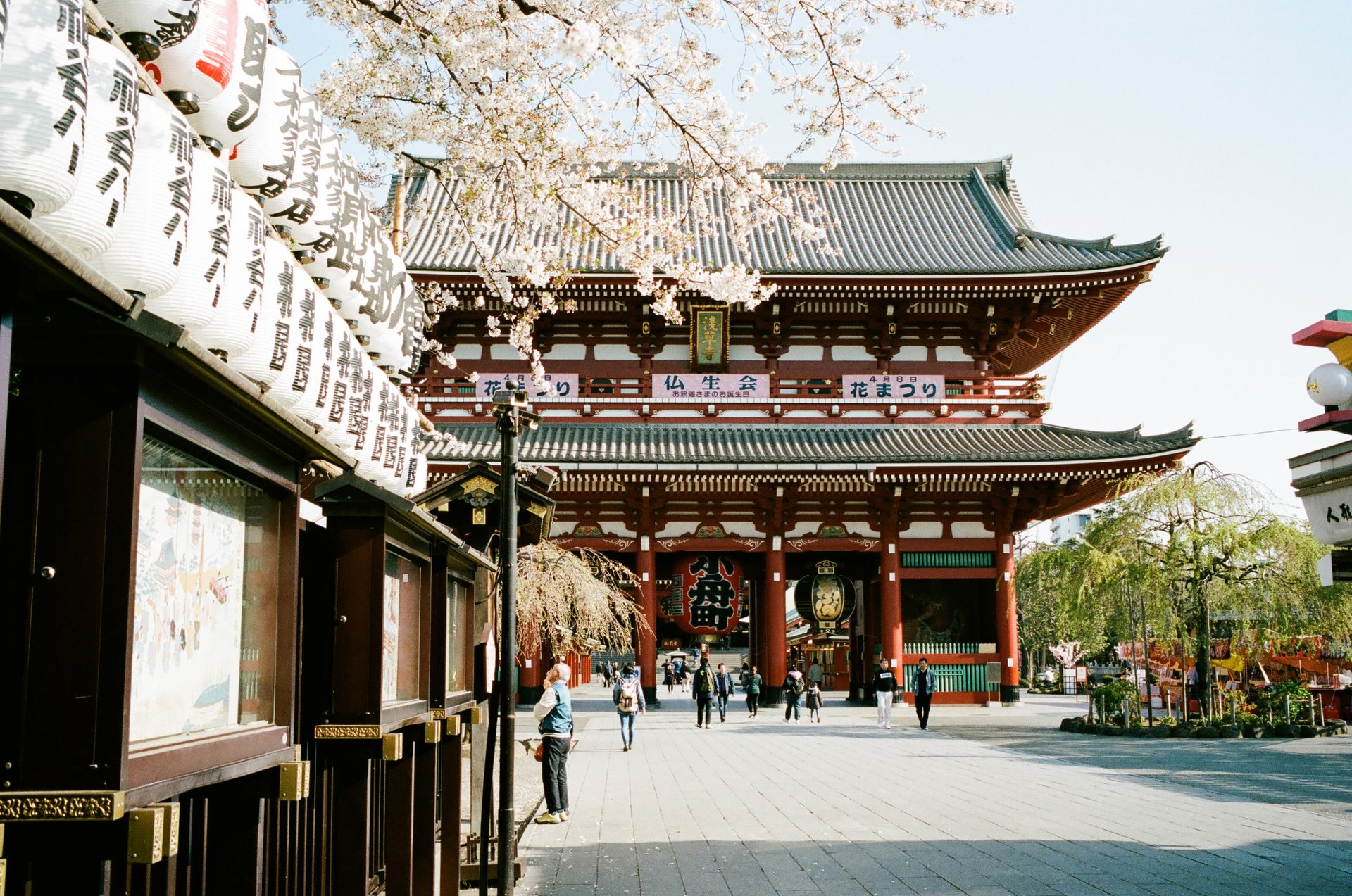
Japan has so much to offer that it can easily feel lost when planning to visit the country for the first time. That's why I'm sharing this 12-day itinerary, compiled from my several trips to the land of the rising sun. This itinerary is suitable for first-time visitors to Japan with an interest in nature, culture and cuisine.

Day 1: Tokyo: Meiji Jingu - Shibuya Crossing - Shinjuku Omoide Yokocho
After arriving to Narita or Haneda Airport, pick up your portable Wi-Fi or data SIM card, activate your JR Pass, and then travel to your hotel. If you’re using a JR Pass, which I highly recommend, a JR staff member can help you pick the fastest route to your hotel via JR train.
Tokyo is such a great base for first-time travellers to Japan. Thanks to the extensive transportation network, you can do many day trips from this metropolis, including Kamakura, Kawagoe and Enoshima.
Now it's time to discover Tokyo! Head down to Meiji Jingu - a Shinto shrine dedicated to the spirit of Emperor Meiji, then explore the nearby Takeshita Dori - one of the busiest and quirkiest shopping streets in Tokyo.
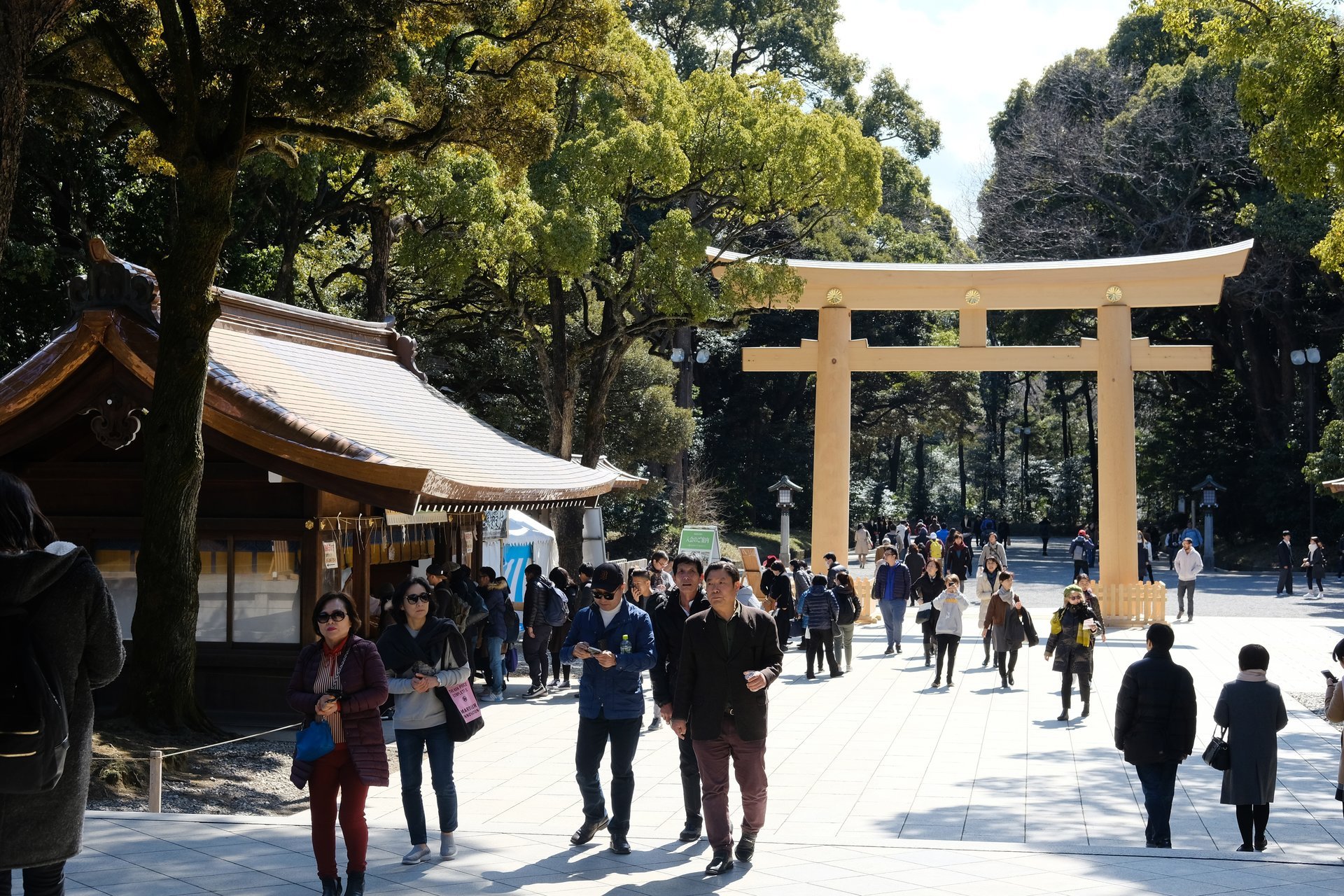
If time allows, visit Shibuya Crossing or be mesmerised by the Omoide Yokocho (or Memory Lane) in Shinjuku at night.
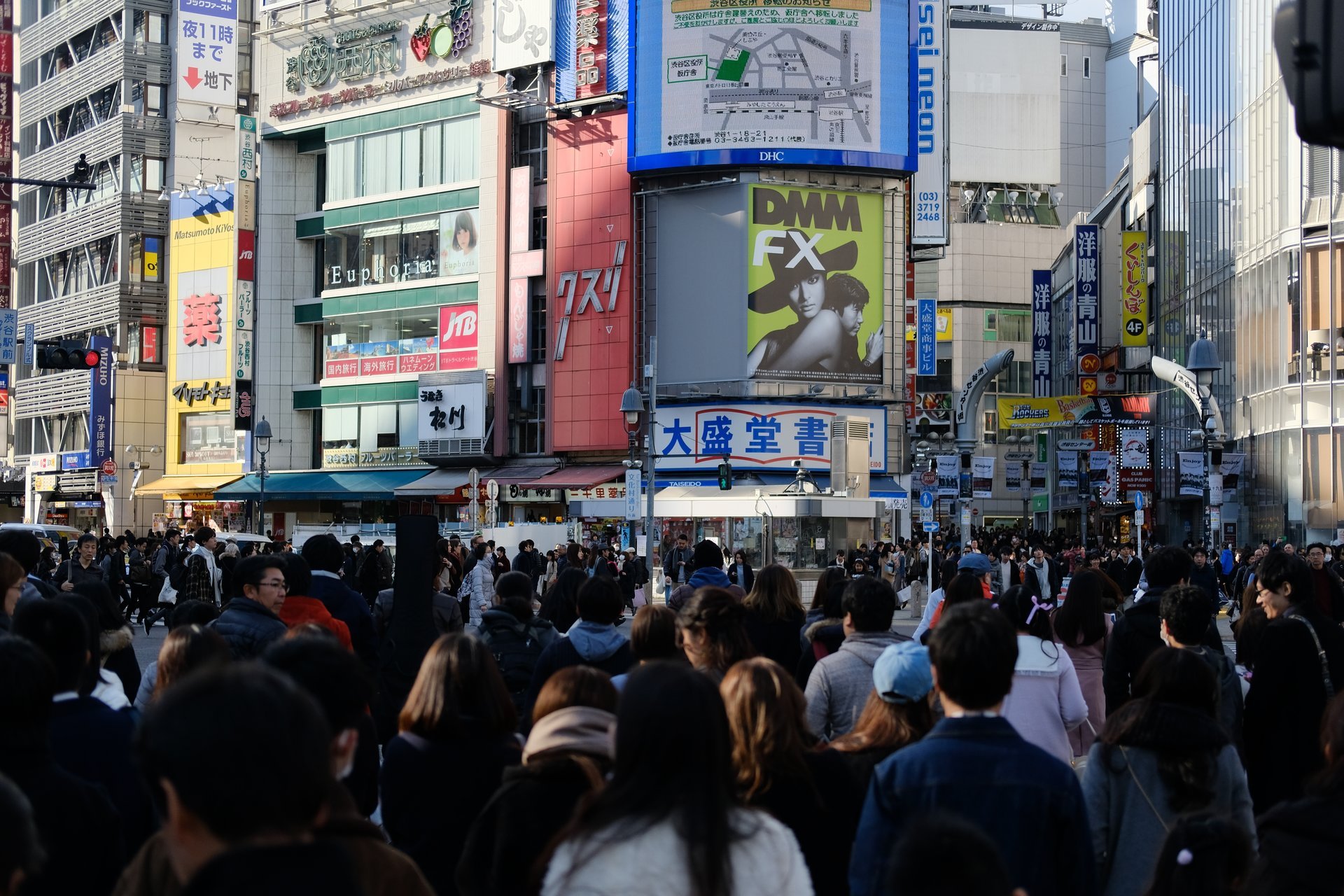
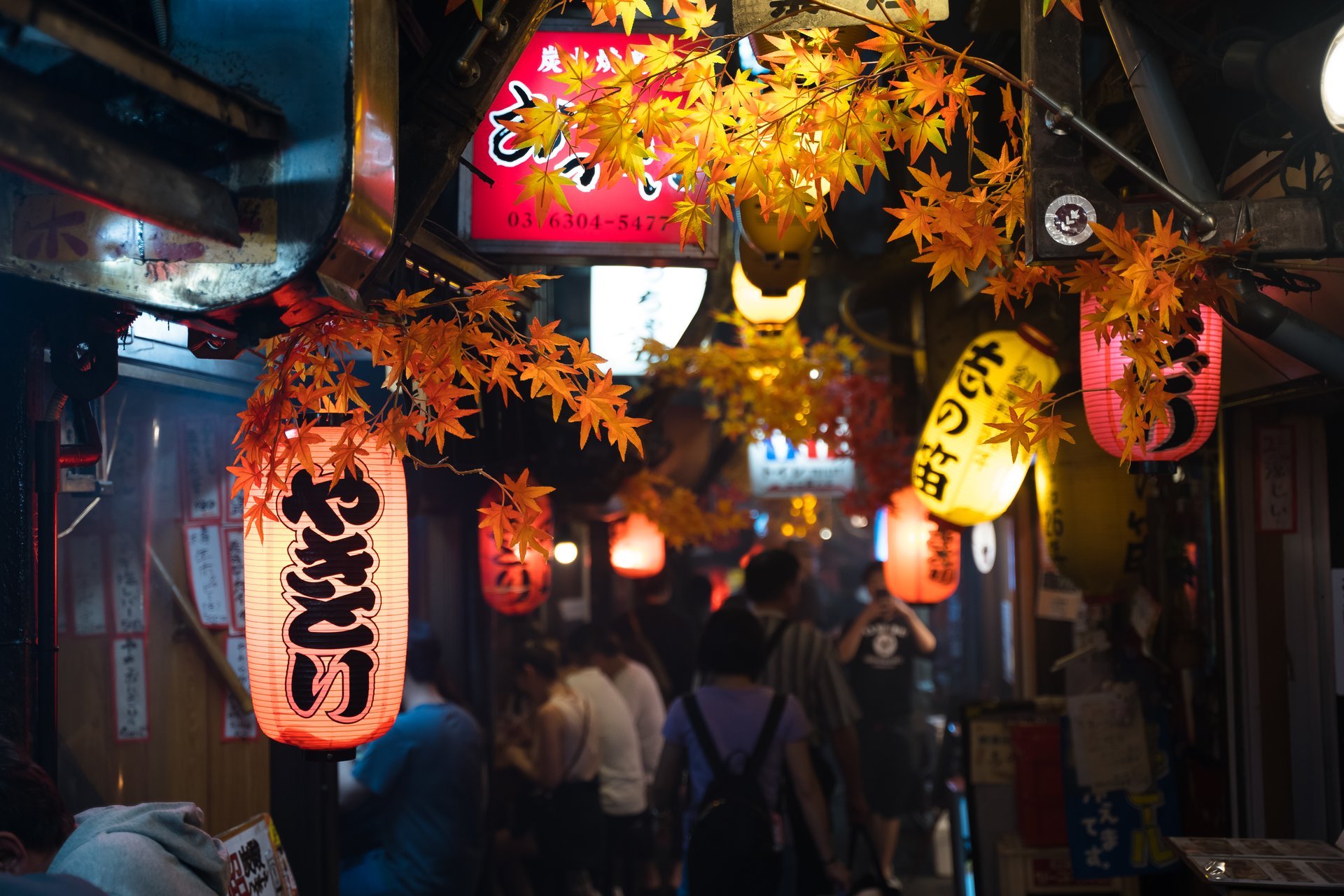
Day 2: Tokyo: Sensoji Temple - Tsukiji Fish Market - Teamlab Borderless
Visit the famous Sensoji Temple in early morning to avoid the crowd, then stop by Suzukien Matcha Gelato for one of the best matcha ice creams in town!
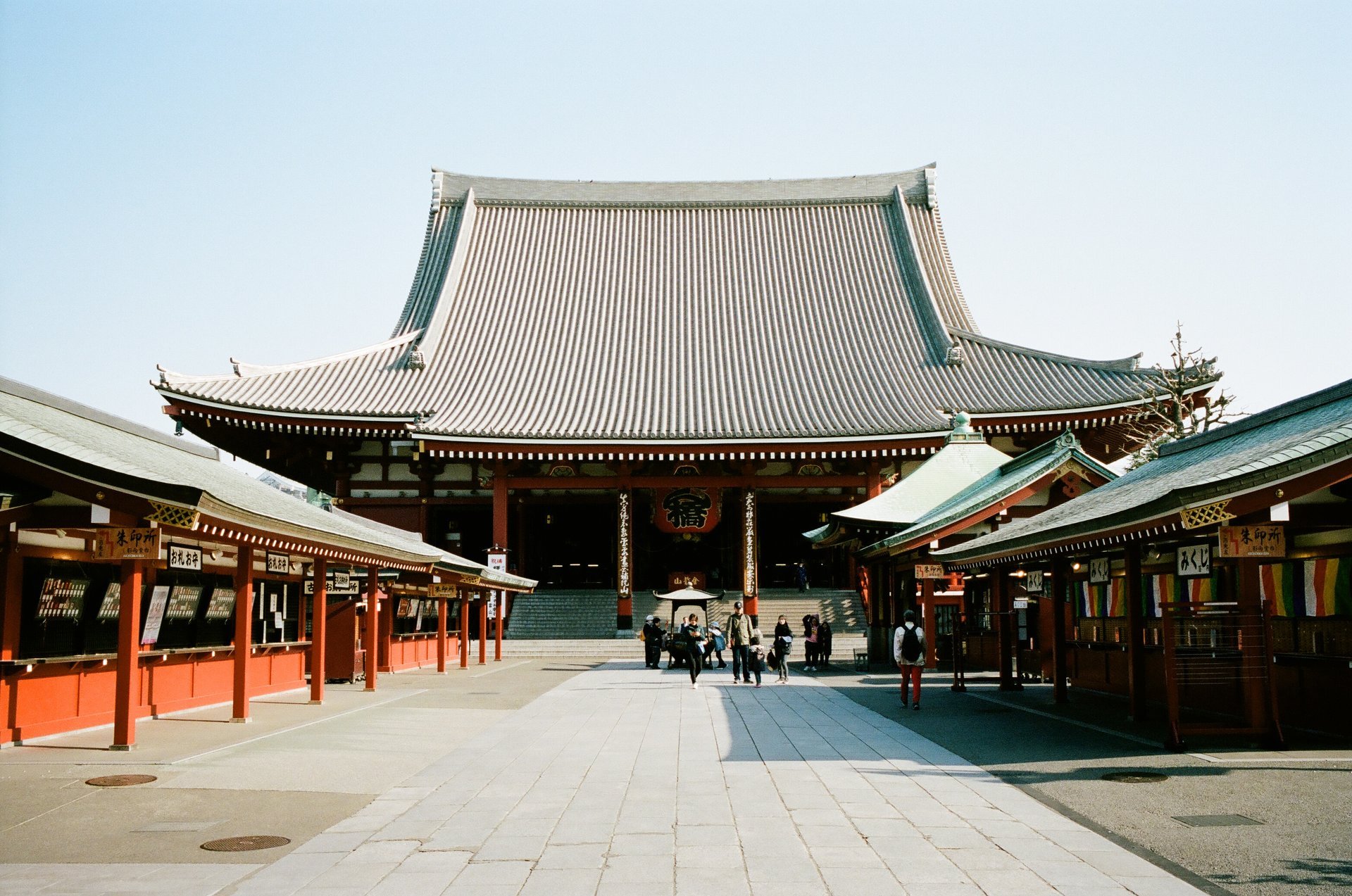
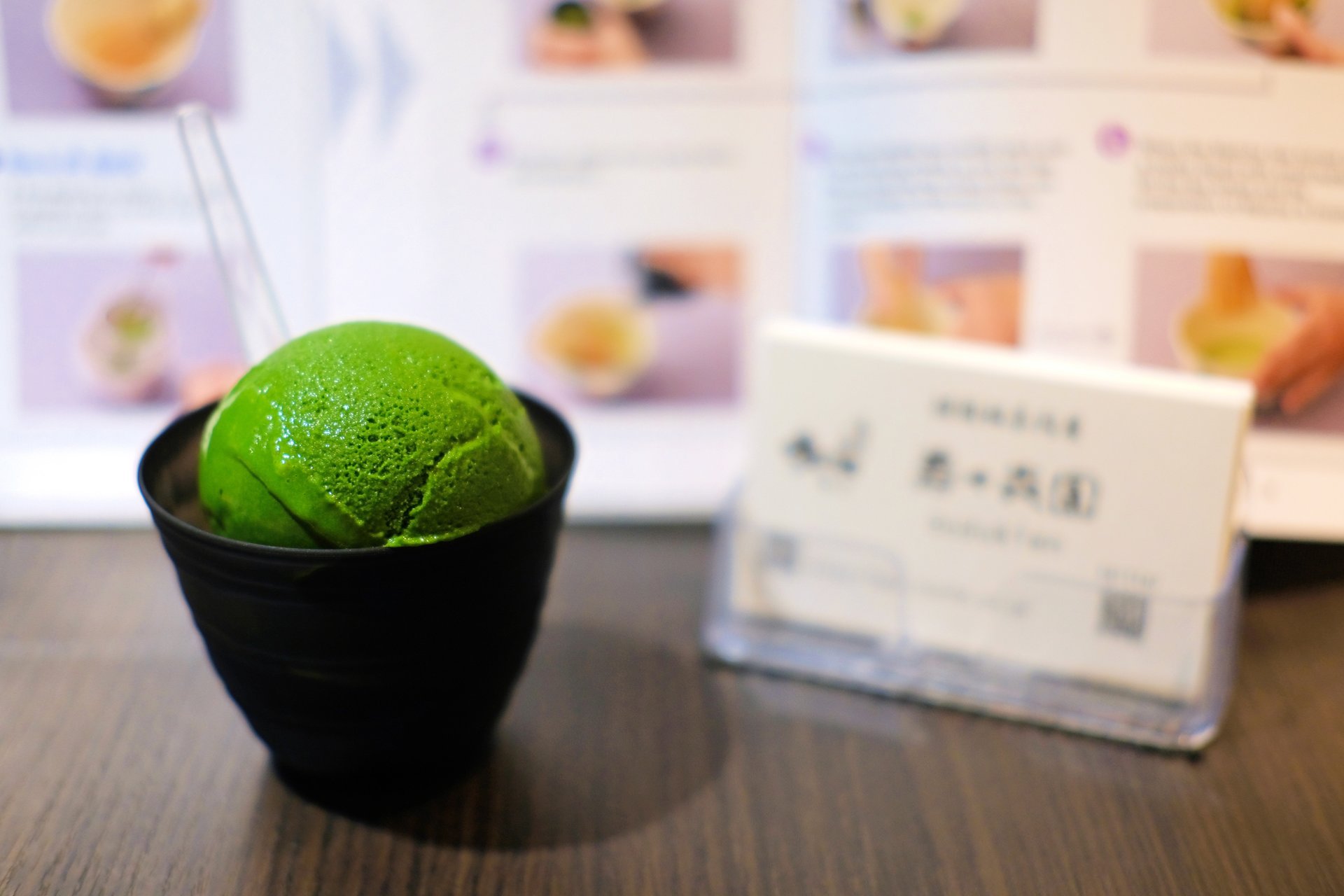
If you're a sushi and seafood lover, then a trip to Tsukiji Fish Market is a must! I personally prefer the old charming Tsukiji Market than the newer Toyosu Market.
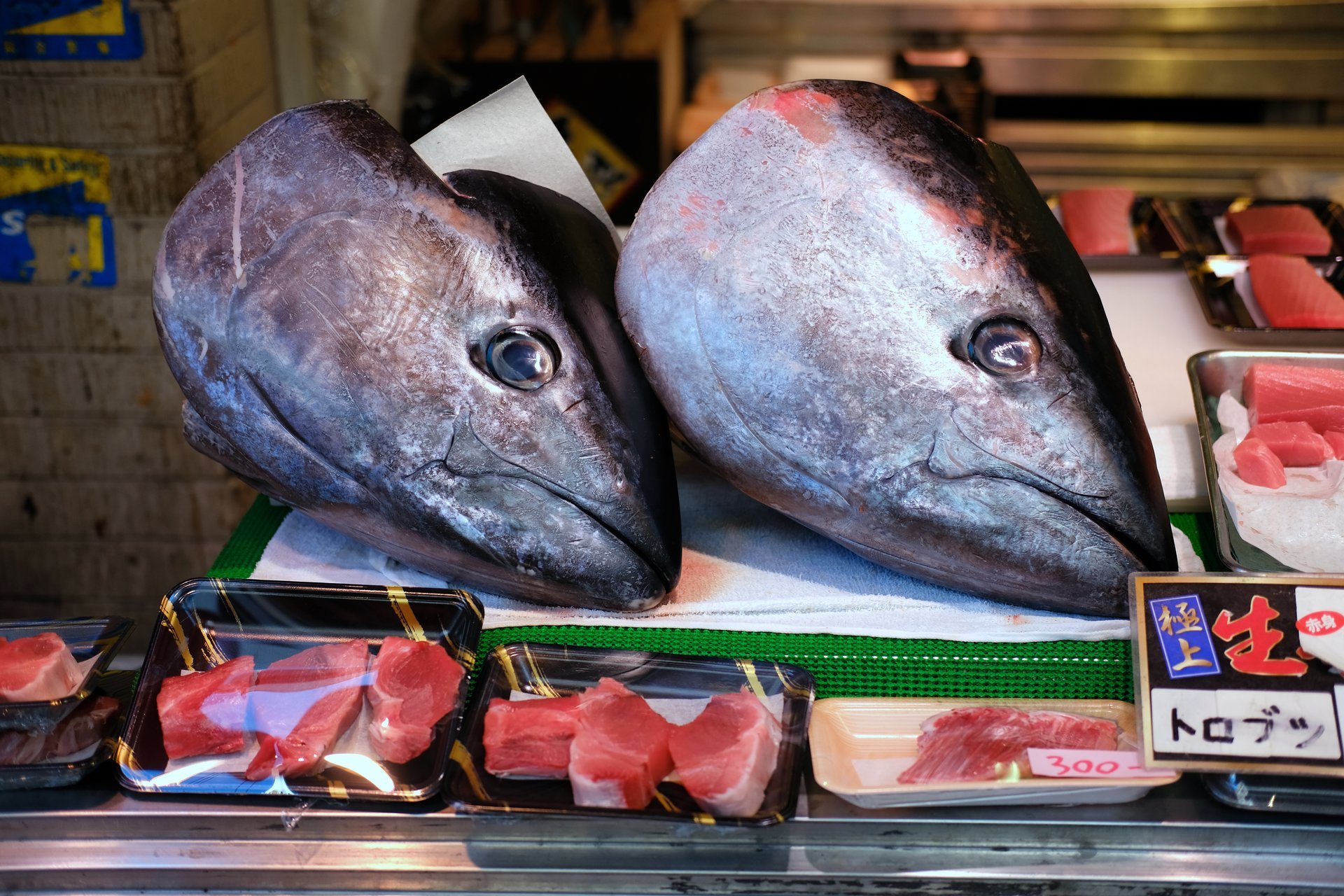
Then spend a few hours at teamLab Borderless, a multi-sensory experience housed within MORI Building. Finish your day with a hot spring dip at Odaiba Ōedo-onsen-monogatari.
Day 3: Nikko: Toshogu Shrine - Shinkyo Bridge - Lake Chuzenji
Nikko is especially beautiful in autumn, when the leaves around Lake Chuzenji turn yellow and red, creating excellent scenery.
I highly recommend visiting Toshogu Shrine in Nikko. I have never seen such splendid architecture elsewhere in Japan, with countless wood carvings and a large amount of gold leaf decoration.
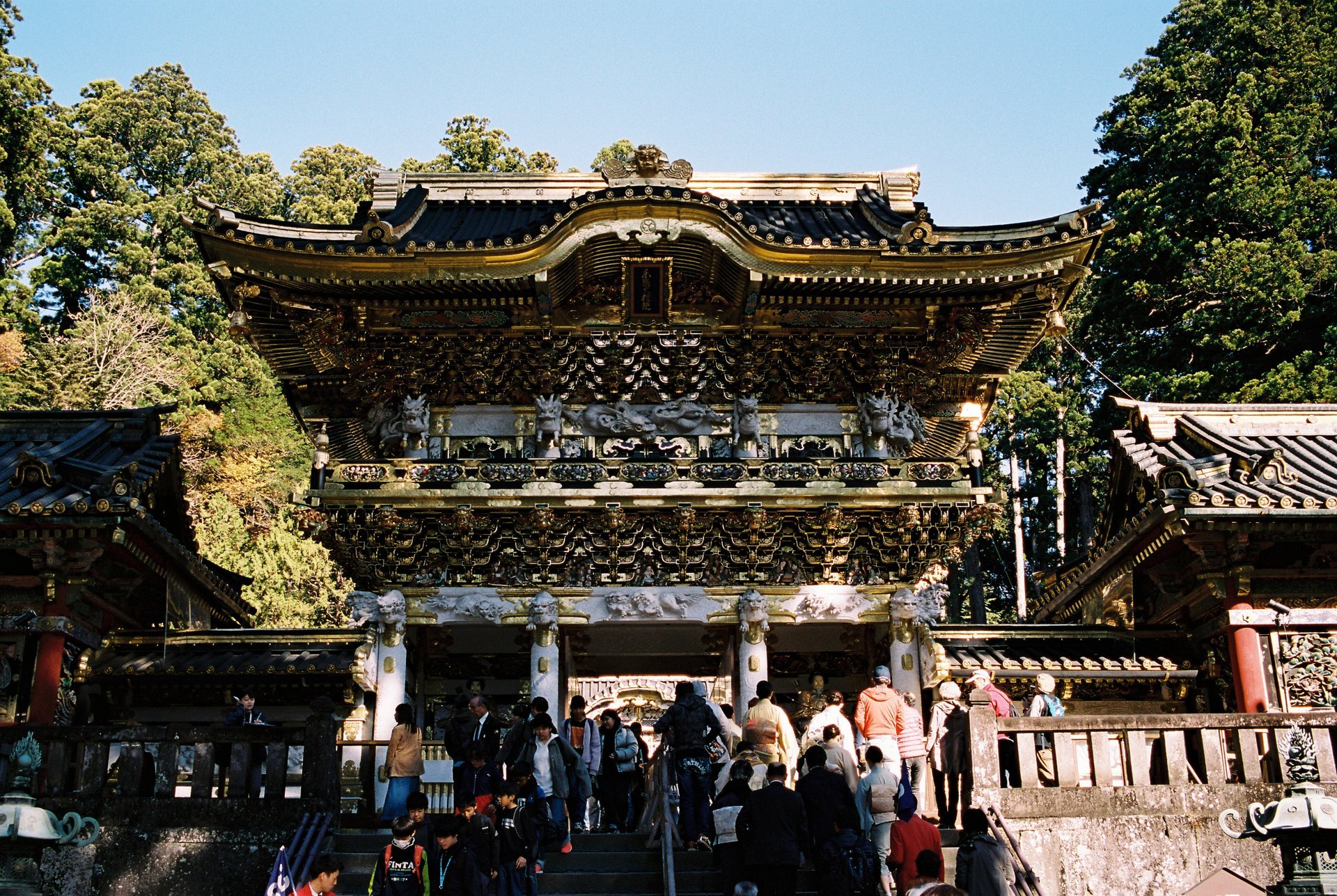
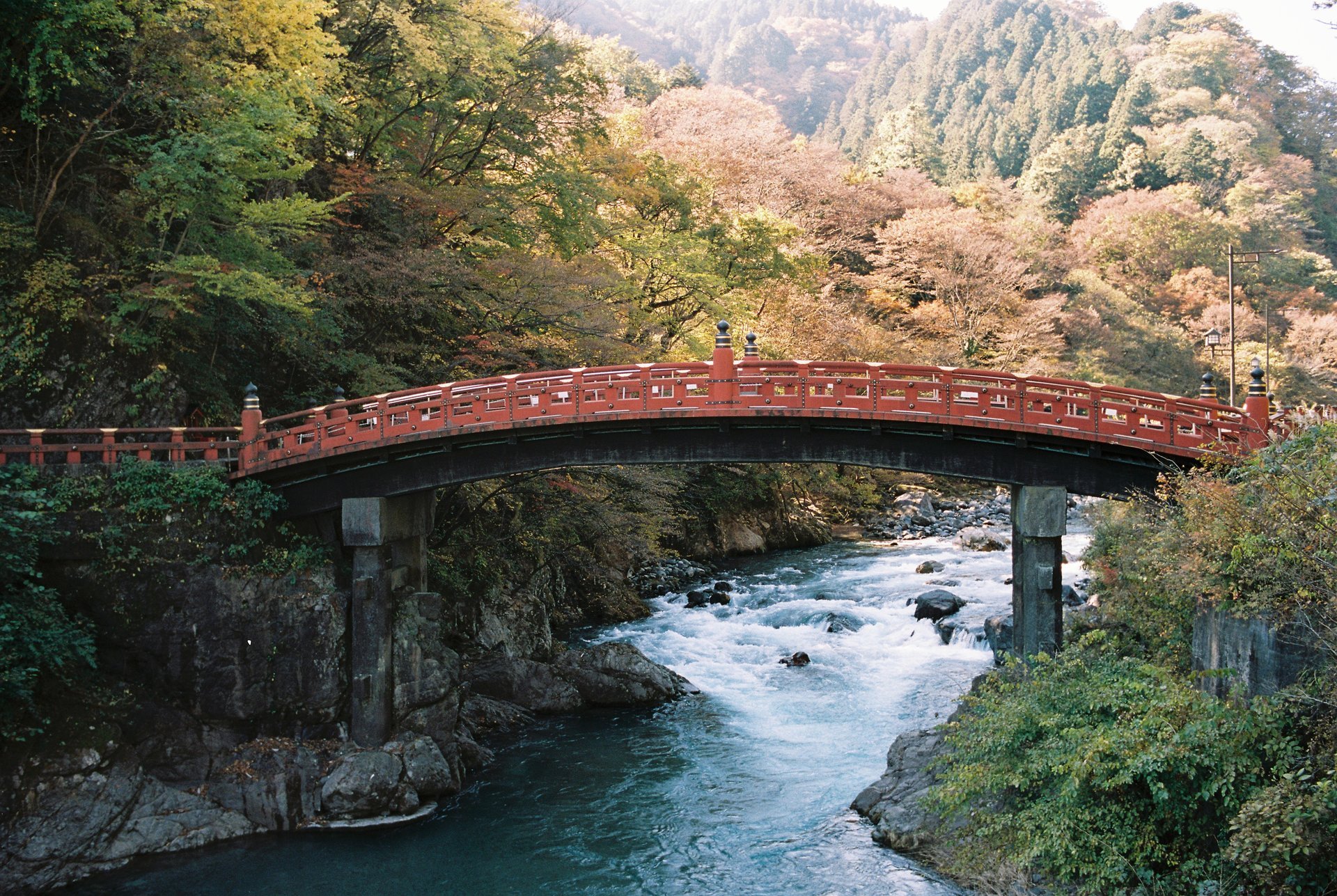
On your visit to Nikko, make sure to try the local yuba (tofu skin) dishes. It tastes heavenly delicious!
Day 4: Mt. Fuji: Lake Kawaguchiko - Chureito Pagoda
There are quite a few attractions around Mt. Fuji. The most iconic scenery, obviously, is Chureito Pagoda with Mt. Fuji as a backdrop - it’s even more magnificent if you visit when the cherry blossoms are in full bloom.
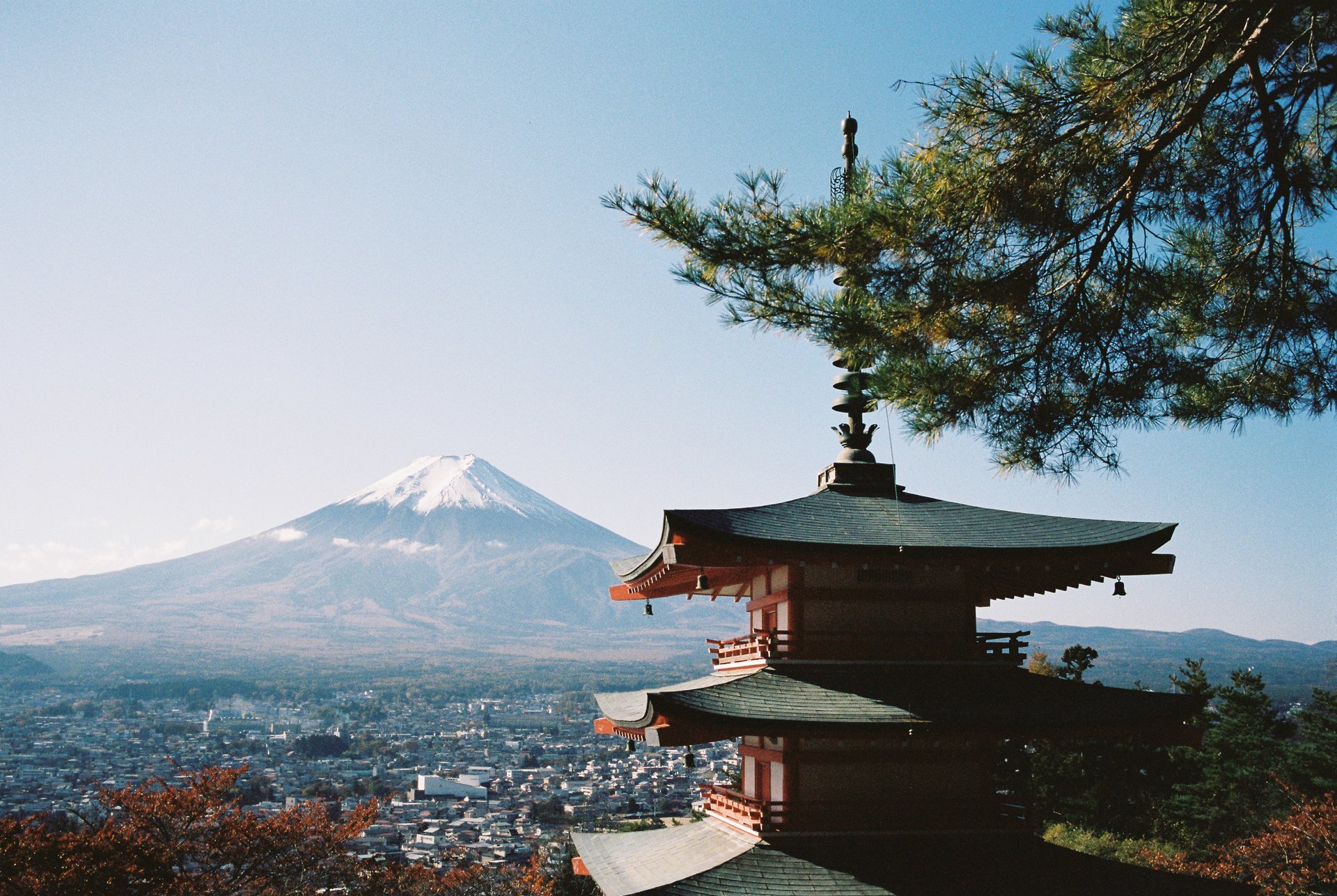
Another personal favourite of mine is the Momiji Corridor at Lake Kawaguchiko. There’s a direct bus service connecting Shinjuku Station and Kawaguchiko Station. From there, the Kawaguchiko Sightseeing Bus (Red Line) can take you to various stops around the lake.
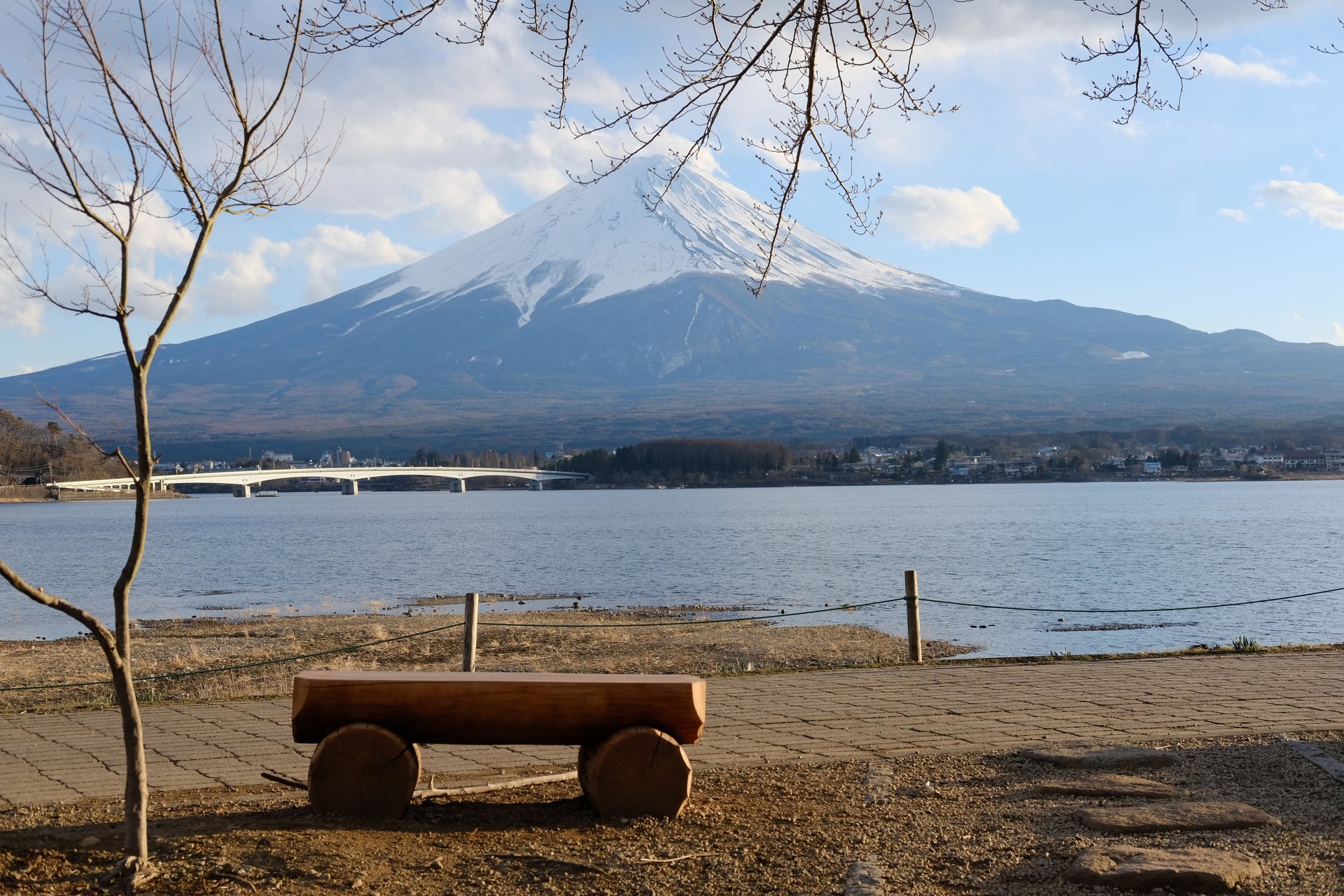
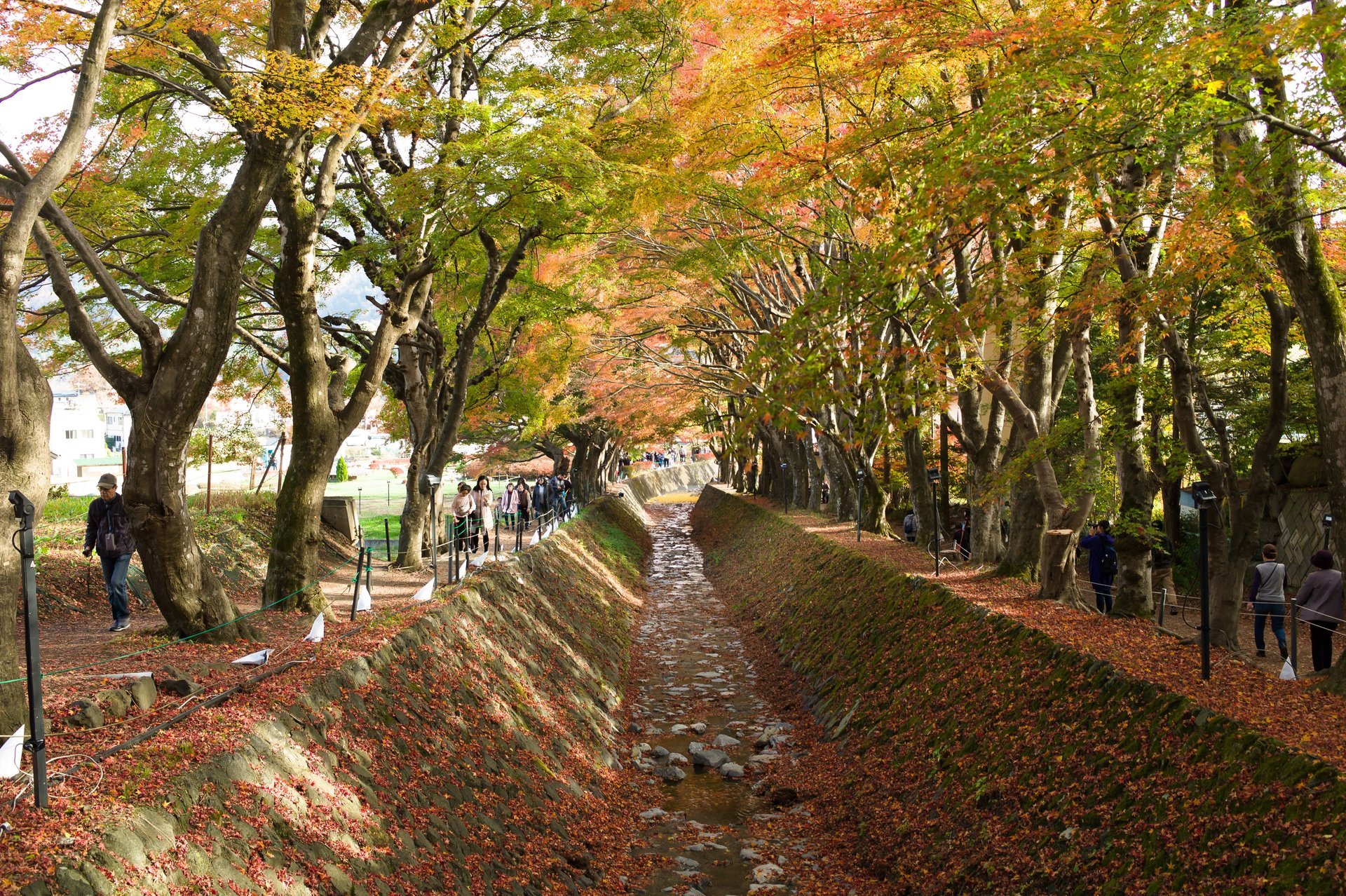
If you're travelling from Tokyo as a day trip, then it's best to plan ahead because the transport can be quite busy during peak seasons.
Day 5: Kanazawa: Kanazawa Castle - Kenrokuen Garden - Omicho Market
Say goodbye to Tokyo and take the shinkansen to Kanazawa.
Located in the heart of the Hokuriku region, Kanazawa is one of Japan's best kept secrets, with well-preserved samurai and geisha districts and fresh, delicious seafood. It is Japan's second largest city to escape destruction by air raids during World War II as well.
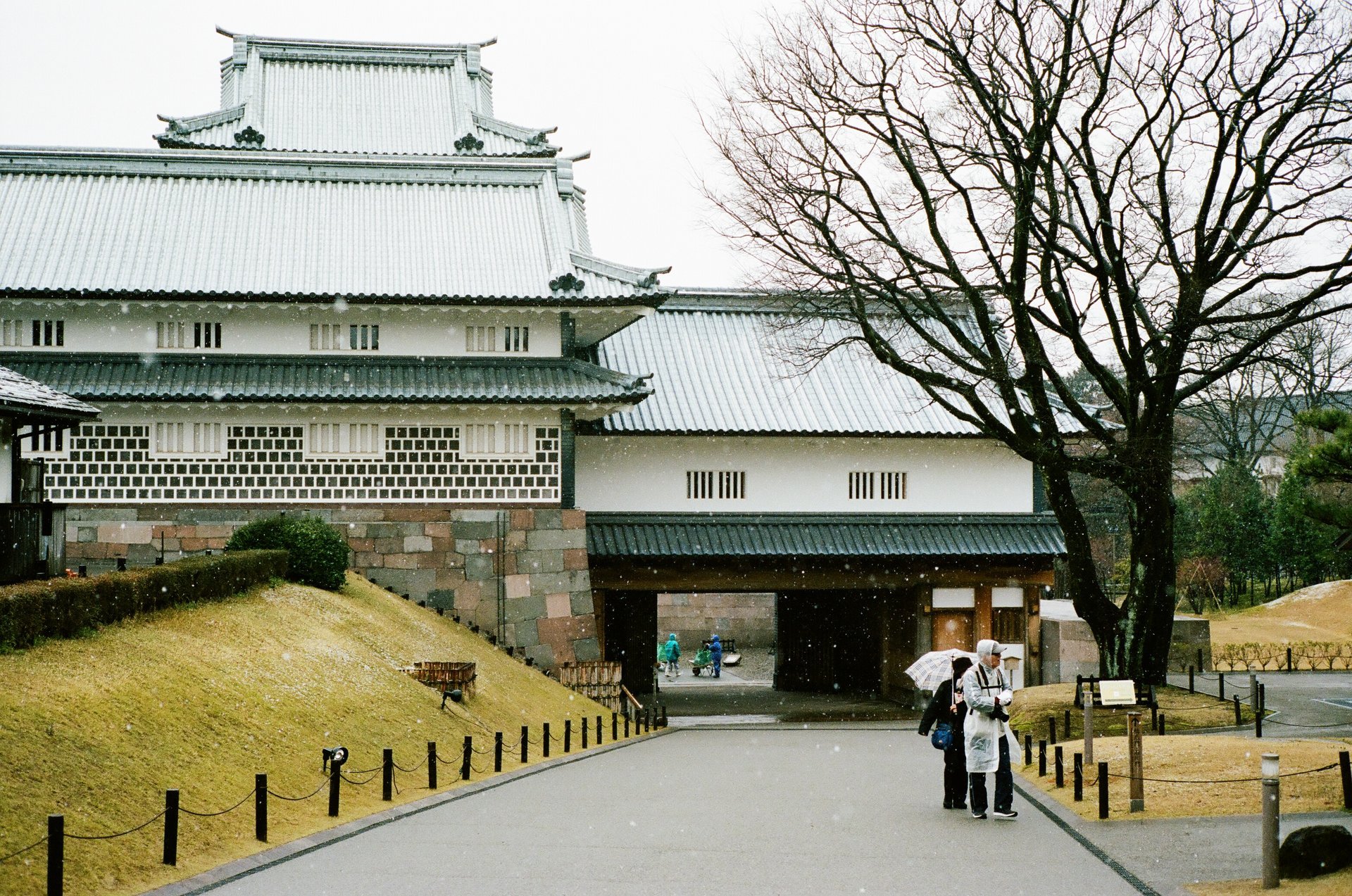
Kanazawa Castle looks gorgeous during the cherry blossom season, and next to the castle is Kenrokuen Garden, one of three best landscape gardens in Japan. If you're a sushi lover, then the seafood rice bowl (chirashizushi) at Omicho Market is a must try!
From Kanazawa, you can visit the famous Shirakawago village as a day trip.
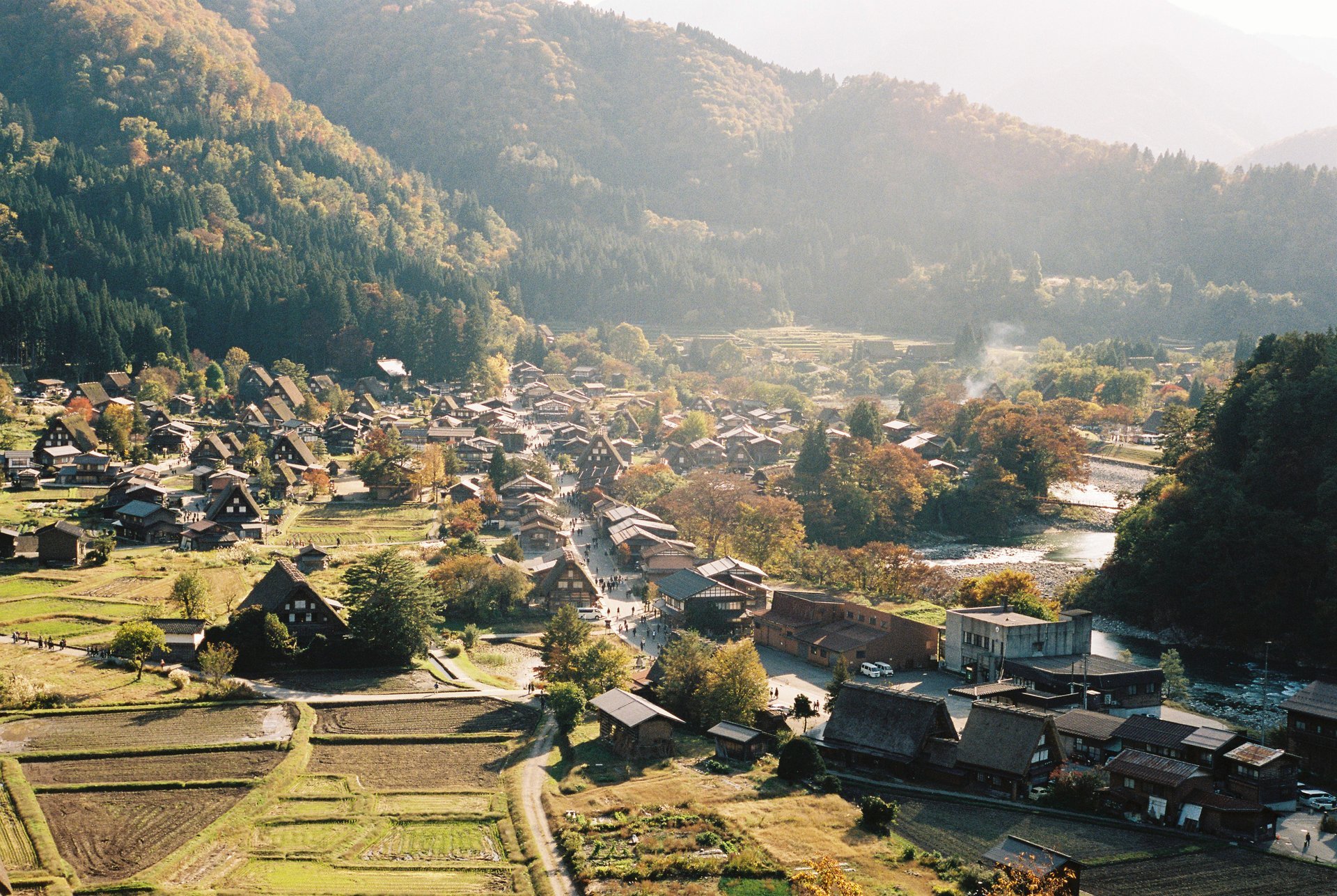
Day 6: Kyoto: Kiyomizudera Temple - Sanneizaka Street - Yasaka Shrine - Gion
For this part of the journey, we're exploring Kyoto, one of my most favourite cities in Japan. The former capital of Japan is home to over 400 Shinto shrines, 1,600 Buddhist temples and 17 World Heritage Sites.
From Kanazawa, take the Thunderbird Limited Express to Kyoto Station. In terms of accommodations, I suggest staying in the Kawaramachi area. Not only is this part of town close to the Gion geisha district, Yasaka Shrine and Nishiki Market, it also has a lively nightlife with a lot of restaurants, shops and department stores that open late.
After checking into your hotel, spend the afternoon exploring Kiyomizu-dera, a celebrated temple dated back to 780 AD. From the temple, walk to Ninen-zaka and Sannen-zaka, the two lovely preserved streets lined with traditional shophouses.
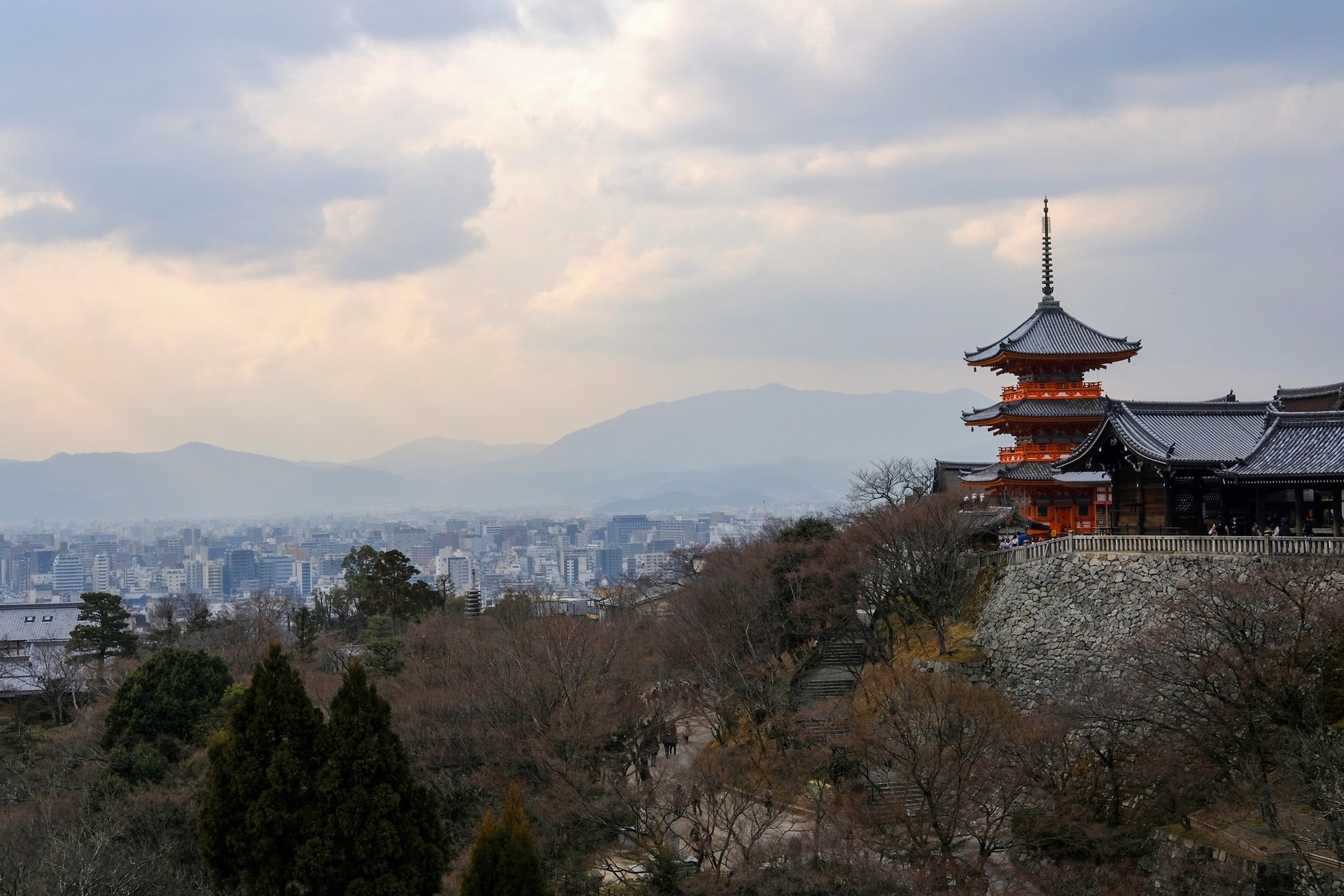
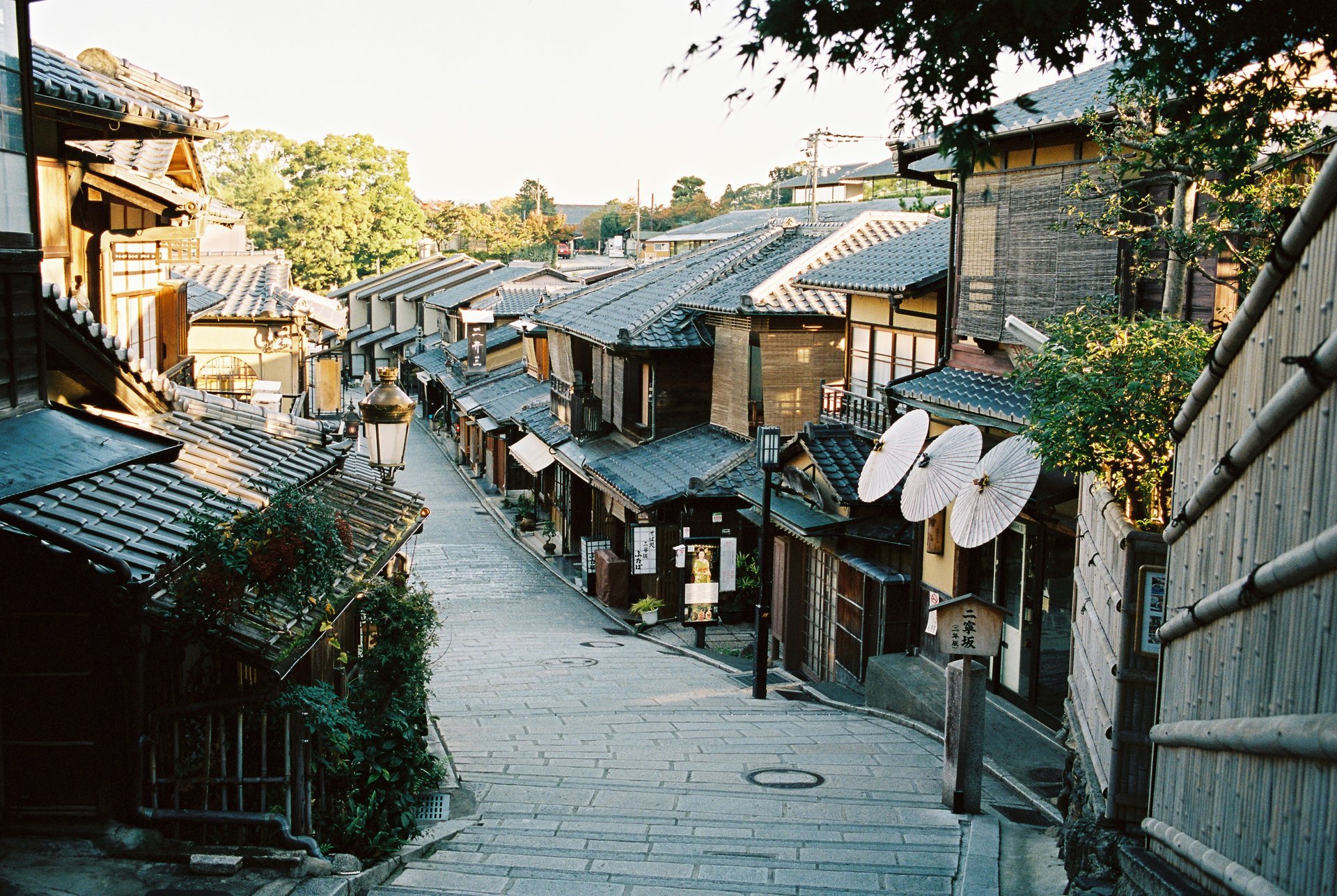
Then you can either continue to catch a taxi or walk towards Yasaka Shrine and explore the surrounding area, including Hanami-koji-dori and Gion Shirakawa. Catch a geisha performance at Gion Corner at 6pm and 7pm respectively.
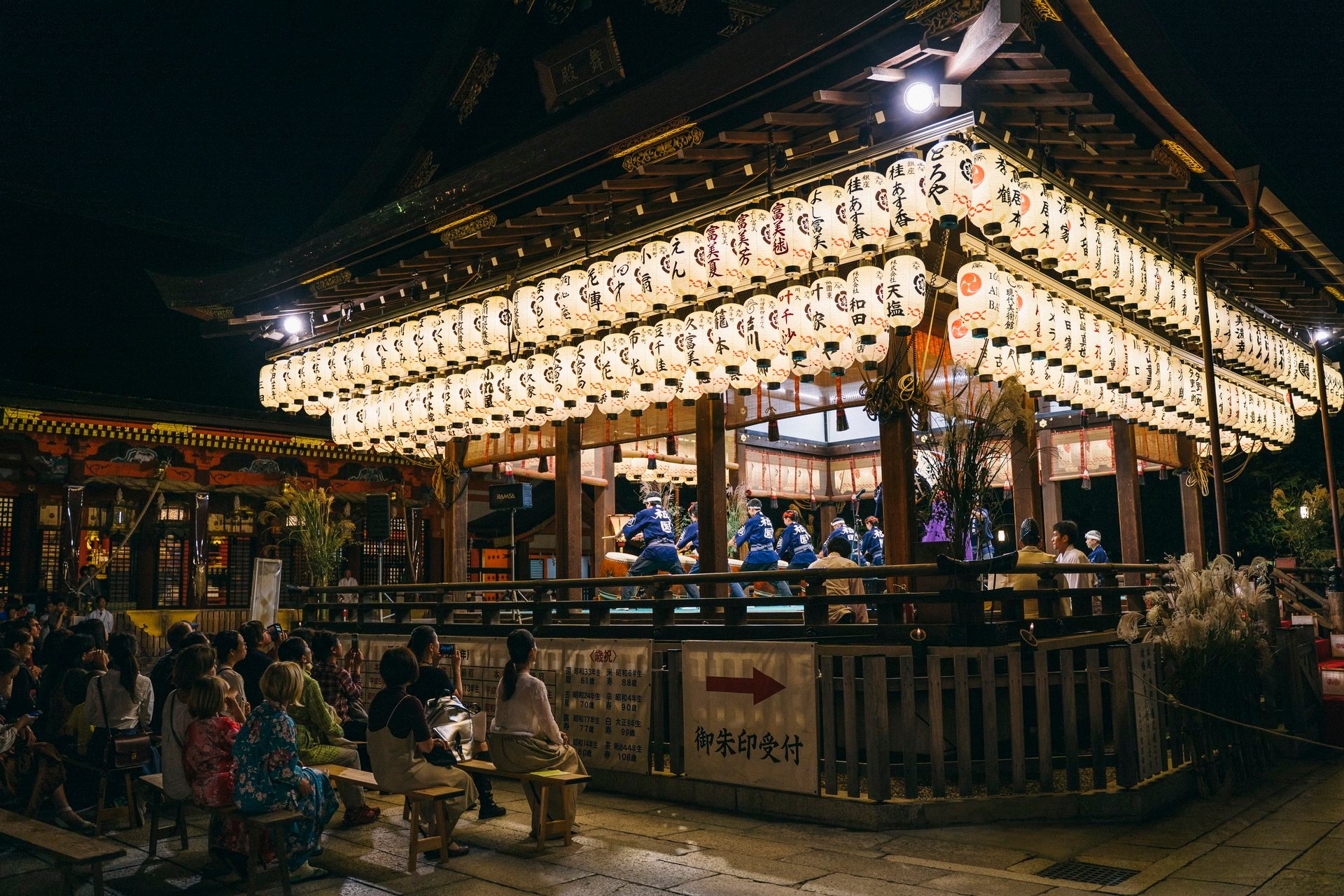
Day 7: Kyoto: Arashiyama Bamboo Grove - Tenryuji Temple - Okochi-Sanso Villa
Arashiyama is such a magical place that you can easily spend a whole day here. Our first stop, obviously, is the Bamboo Grove, which has attracted a great deal of tourists in recent years. If you want to have the whole place for yourself, aim to arrive at 6-7am in the morning.
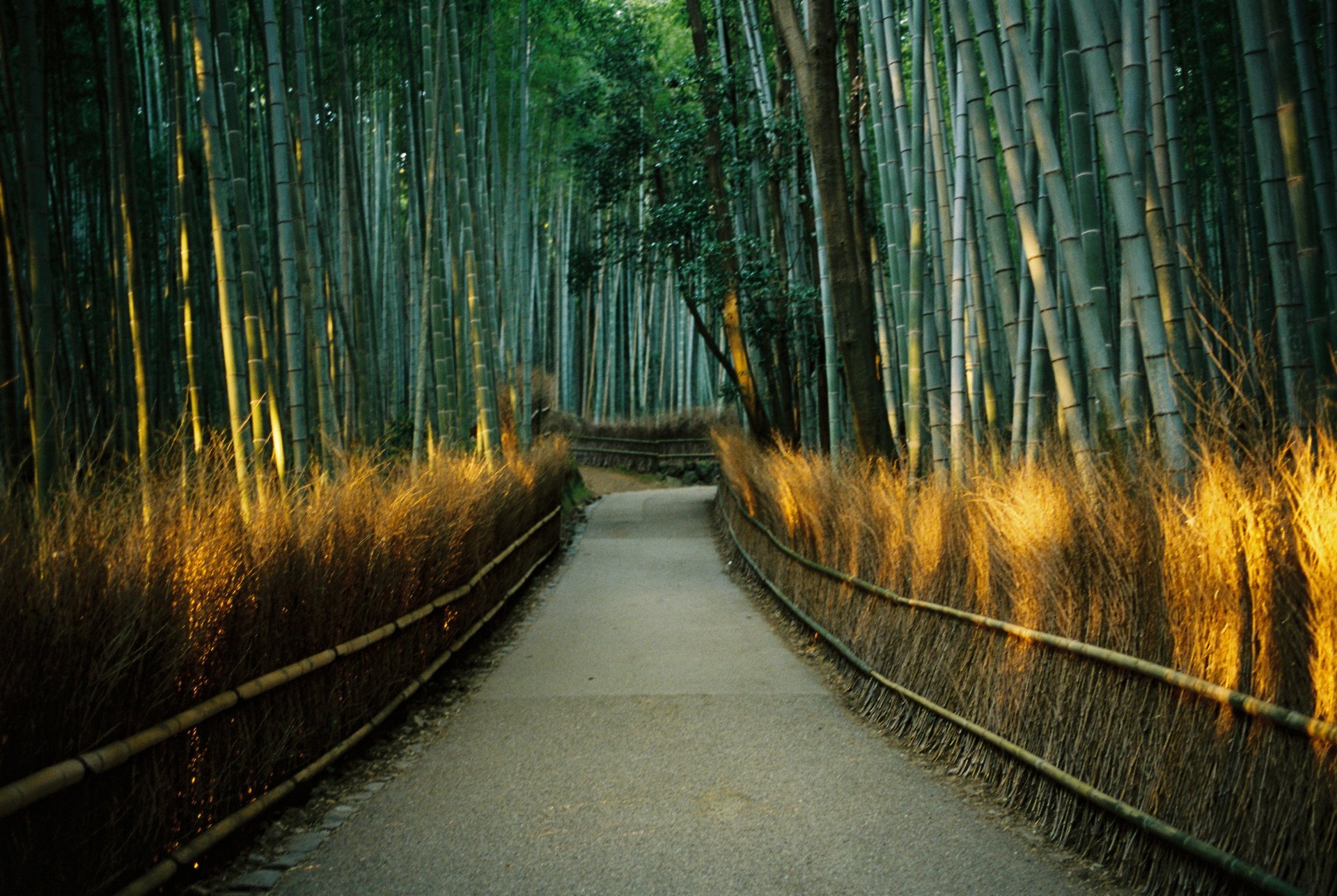
From the Bamboo Grove, make your way to Okochi-sanso villa, a hidden gem in plain sight. The garden is beautiful and the layout is well-planned: You follow a one-way route to explore the whole thing, so you rarely bump into other tourists.
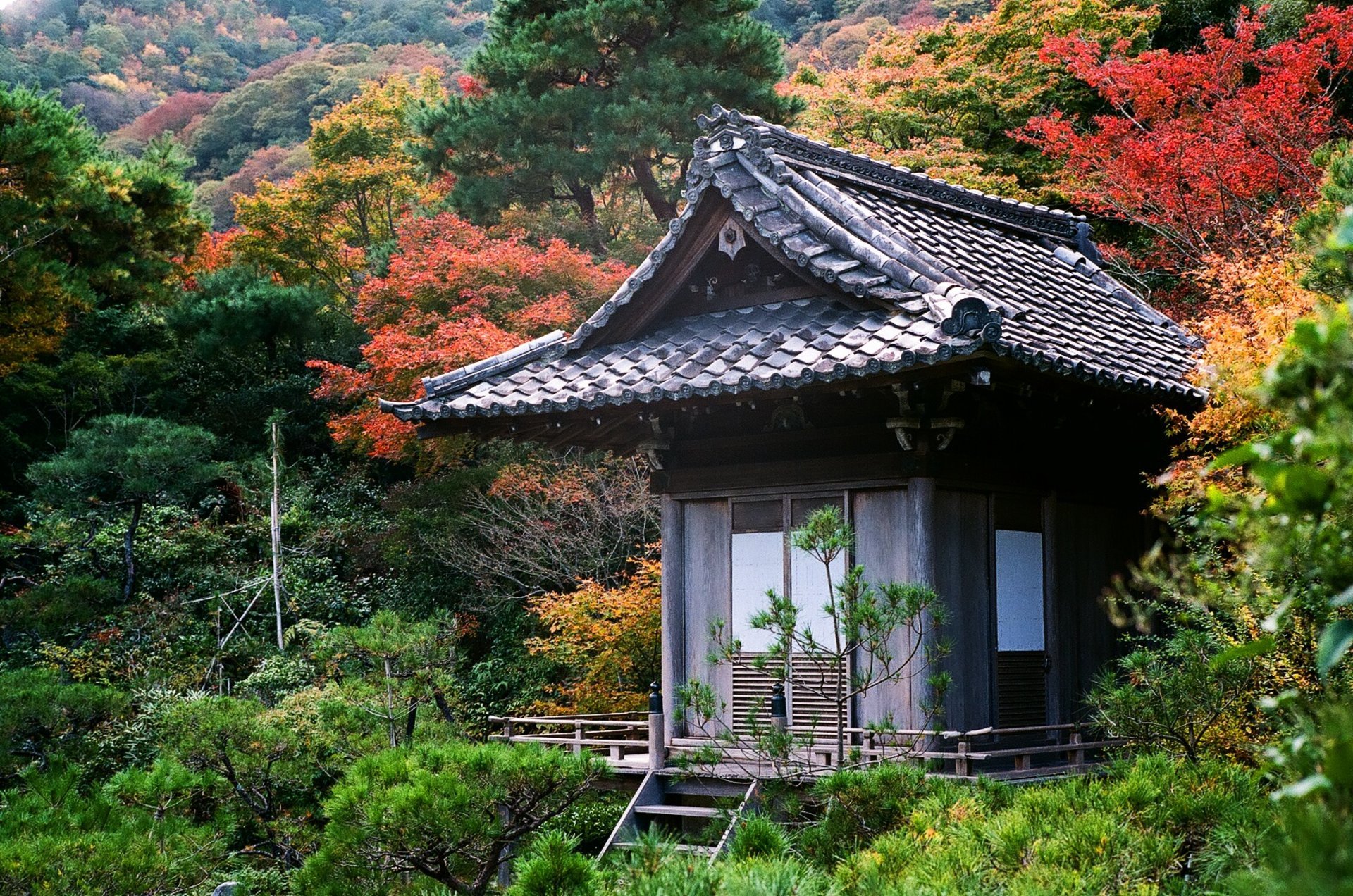
Tenryuji Temple is another great stop right next to the Bamboo Grove. The garden looks magnificent during autumn, with the colourful mountain as the backdrop. It's a bit chaotic during sakura and koyo seasons though. The funny thing is, when I first visited this temple, it was during February 2017 (low season), and there were not many tourists inside. Everything looked calm and serene, almost zen-like.
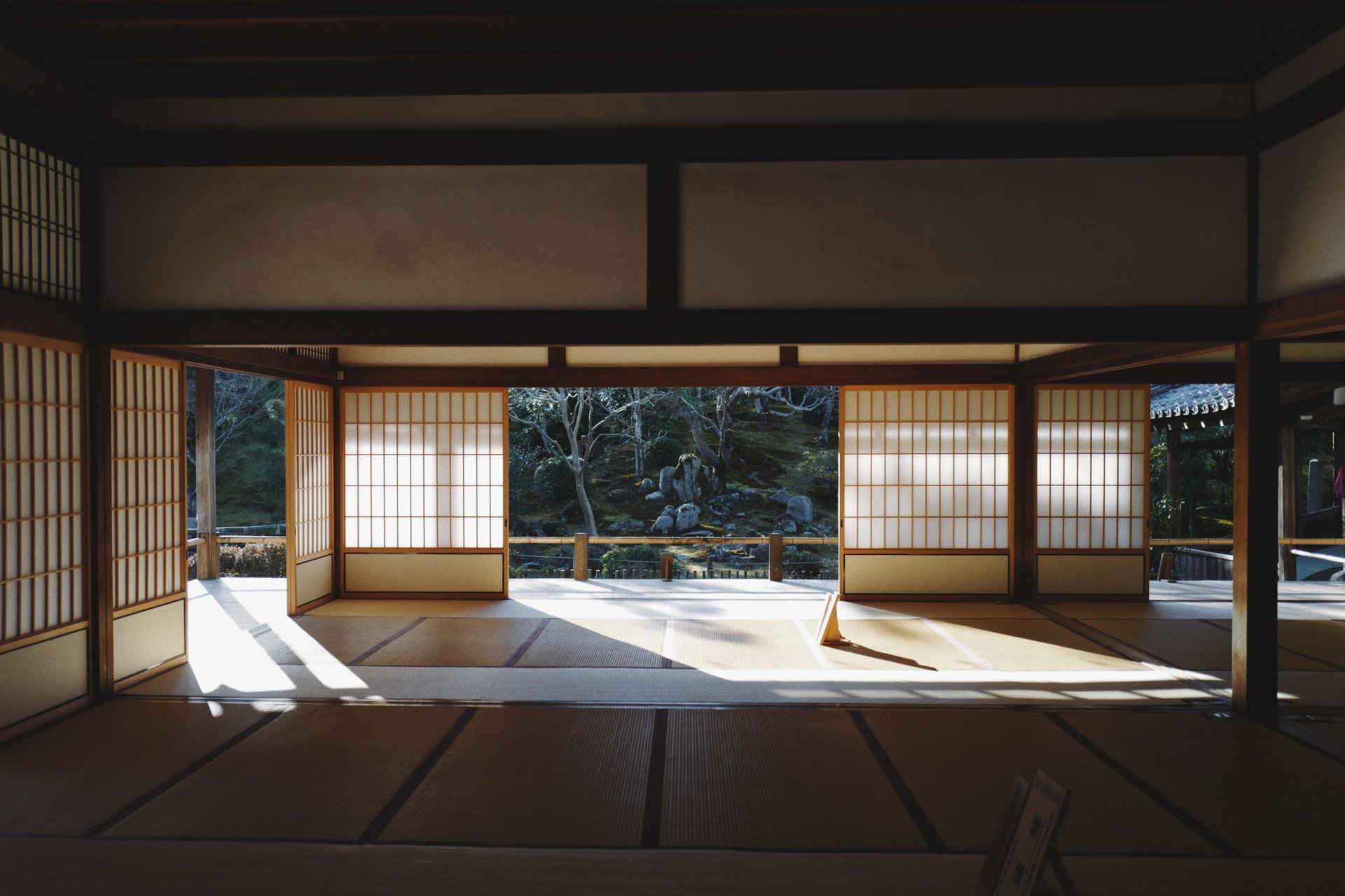
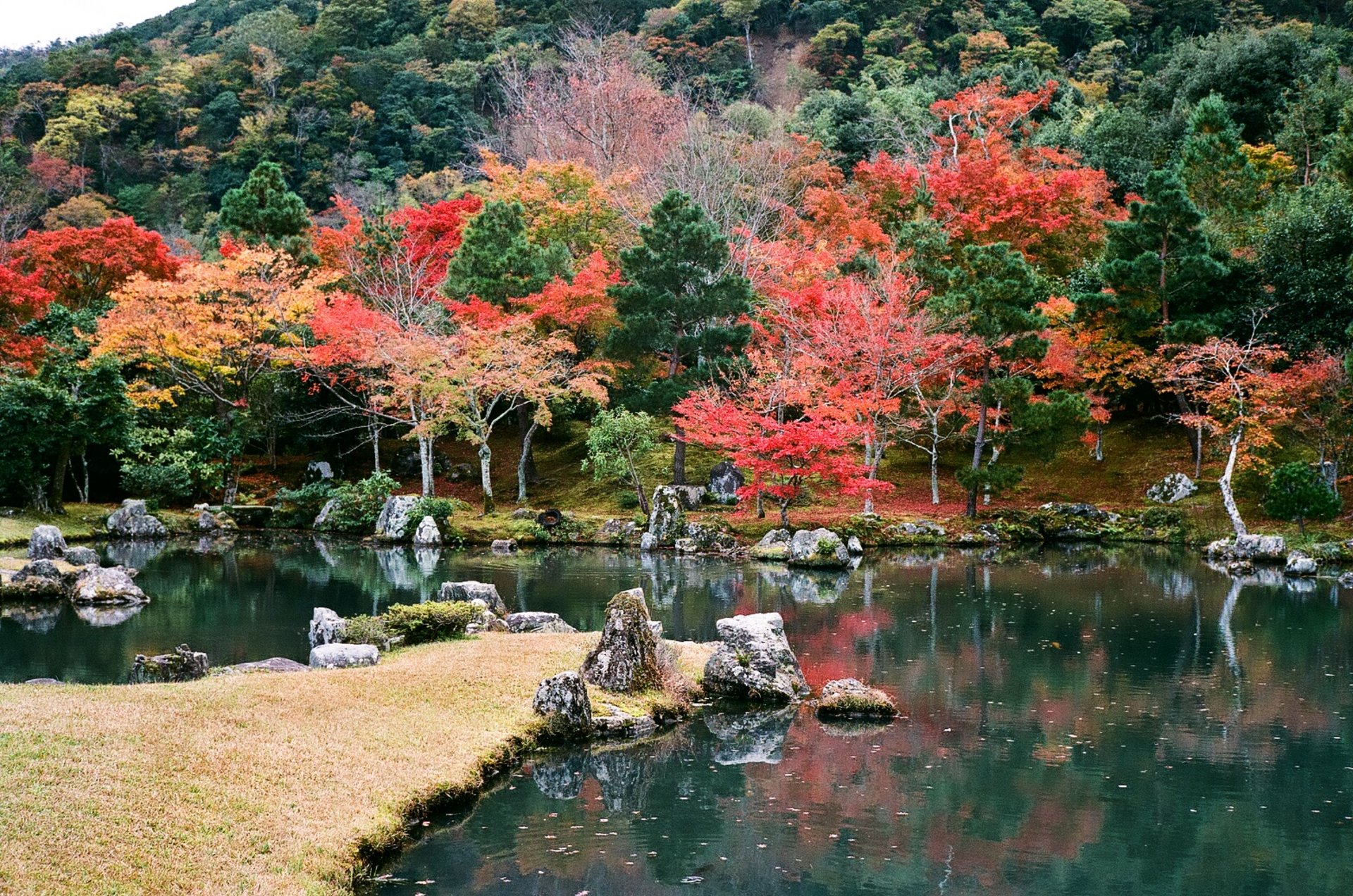
Other attractions worth checking out include the Hozu River, Togetsukyo Bridge, Jojakkoji Temple, Otagi Nenbutsuji Temple, etc.
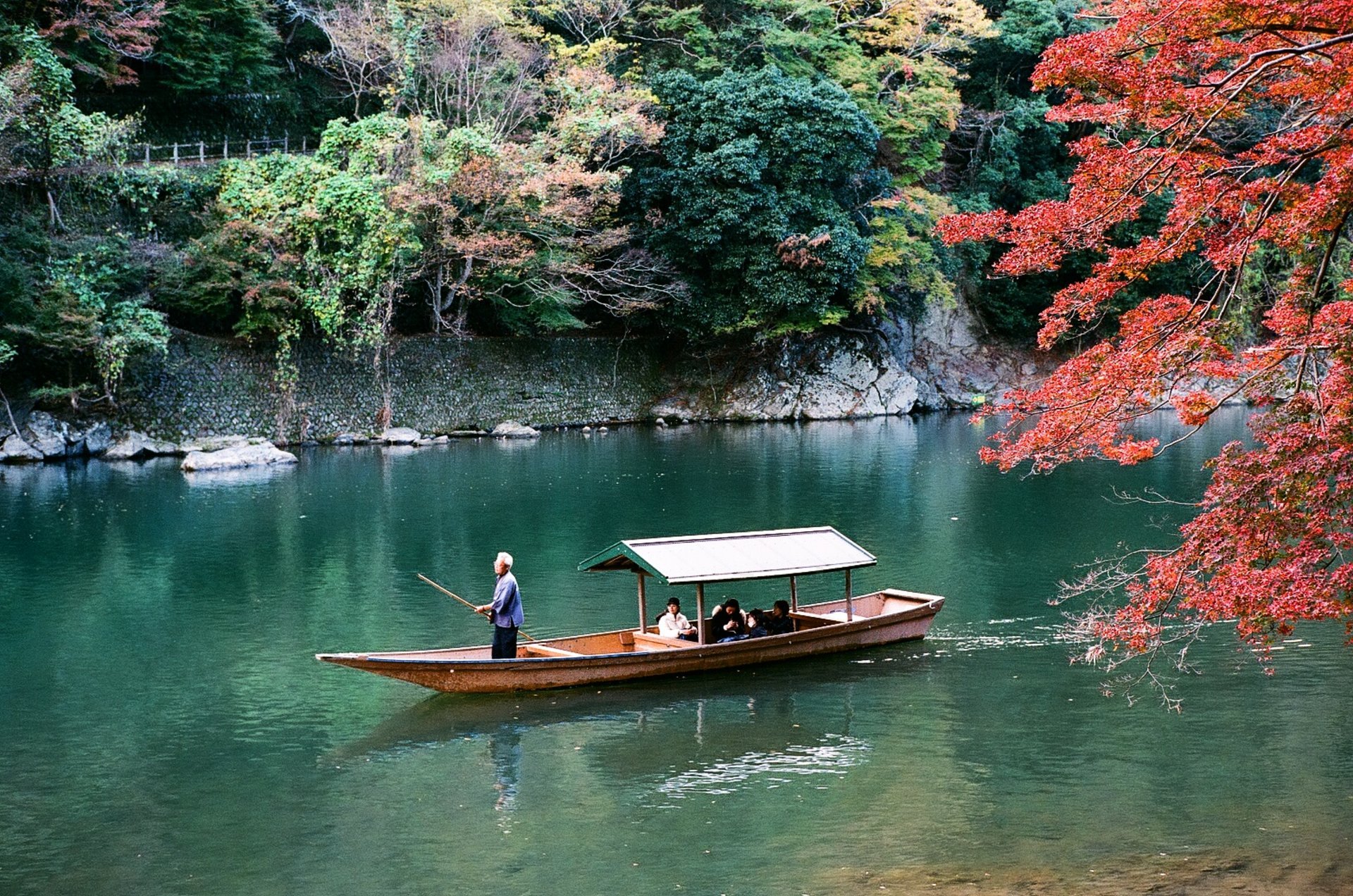
Day 8: Kyoto: Fushimi Inari Taisha - Uji - Byodoin Temple
Begin your day early at Fushimi Inari Taisha, which is famous for its seemingly endless tunnel of red torii gates.
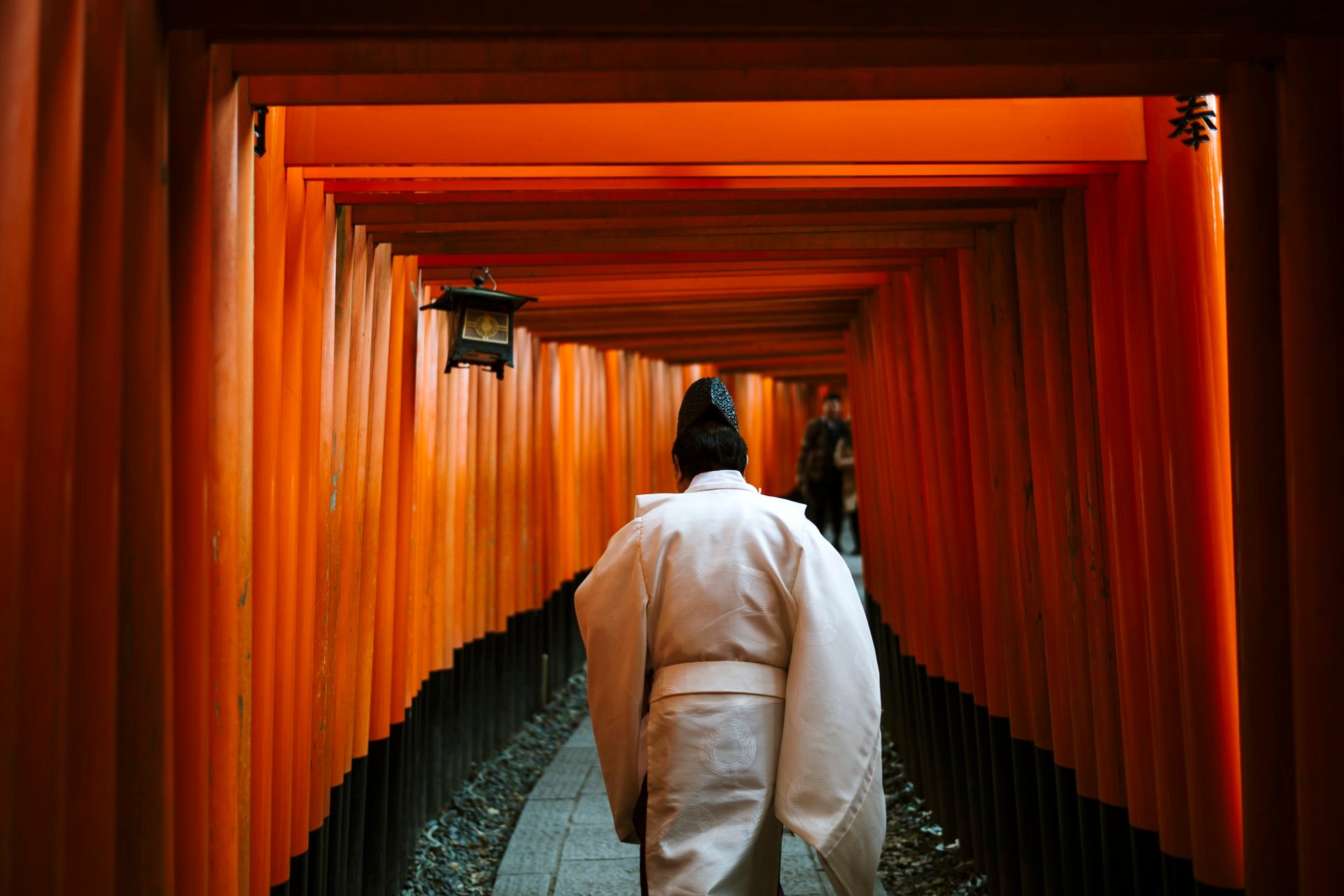
Then catch a train to Uji, Japan's oldest tea growing region, aka matcha lover's haven! Taste the local matcha takoyaki, matcha ramen and other matcha desserts. Learn the differences between matcha, sencha, houjicha, gyokuro and other Japanese tea. After you're done with your shopping, you can visit Byodoin Temple, another UNESCO World Heritage Site in Uji.
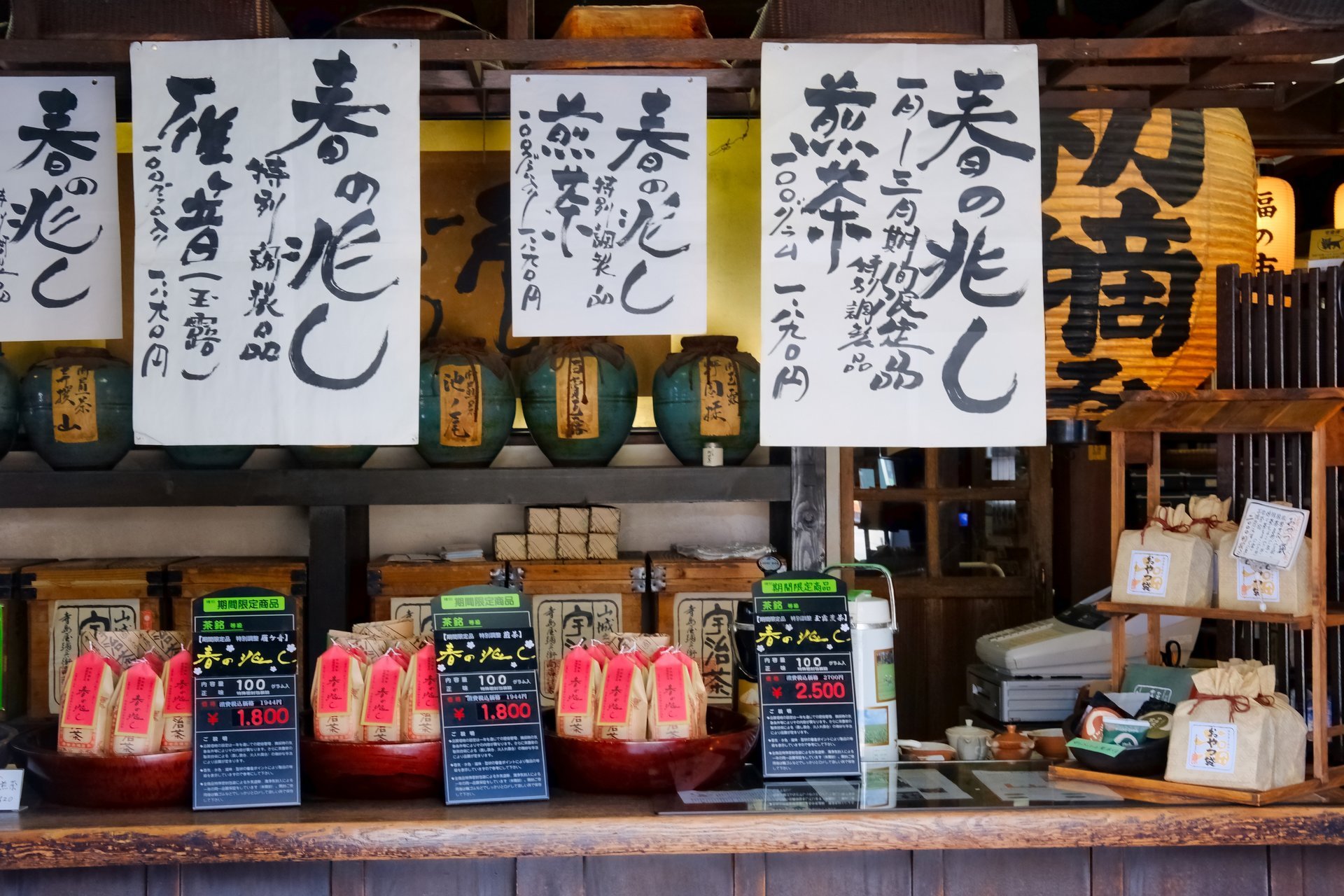
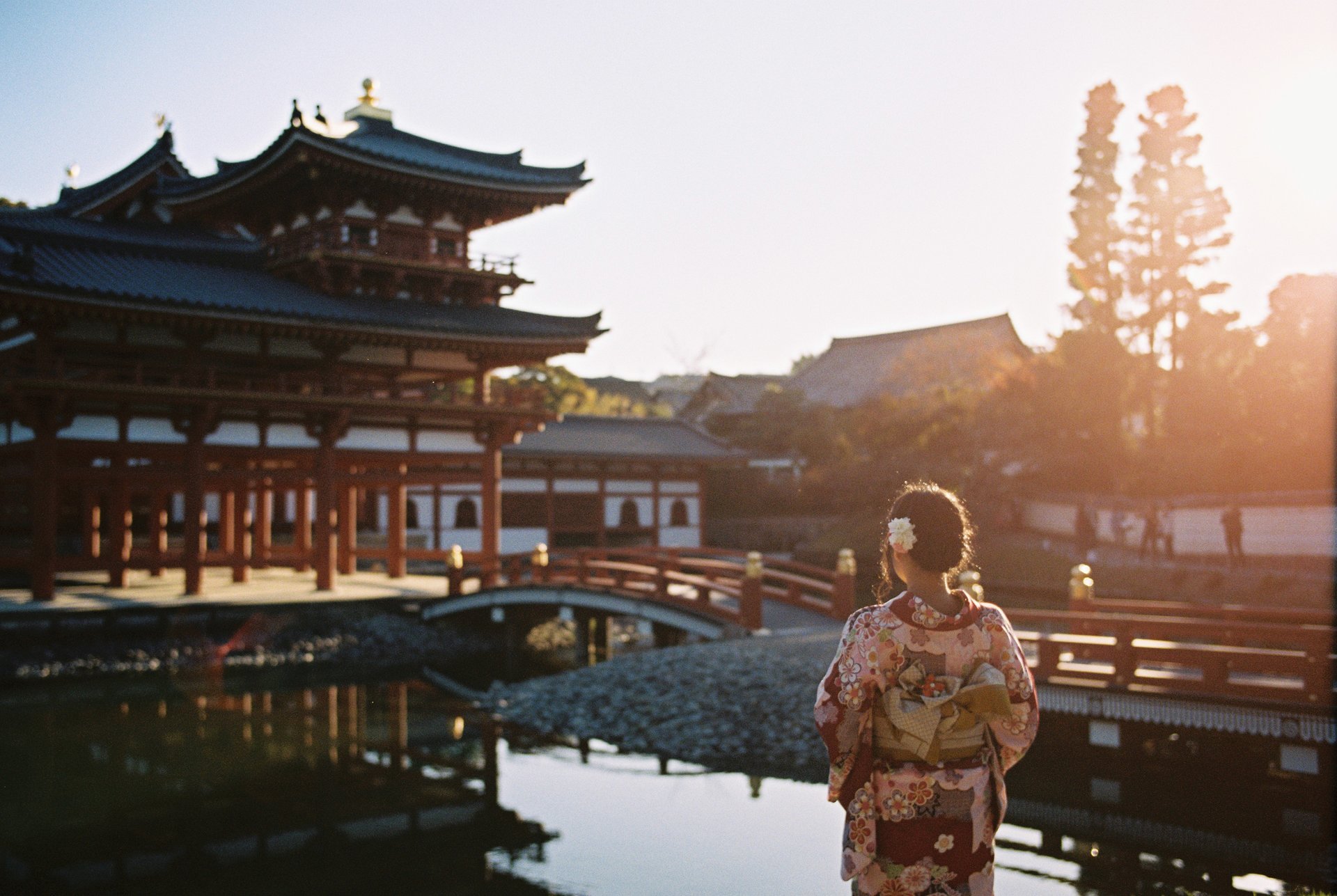
Another option is to join a tea picking tour in Wazuka, next to Uji. Even though this town has only 4000 residents, it produces 40% of the famous Uji tea varieties. You can explore the tea farms, participate in tea tasting sessions, and enjoy tea-related food such as matcha latte, matcha cookie, matcha chocolate, etc.
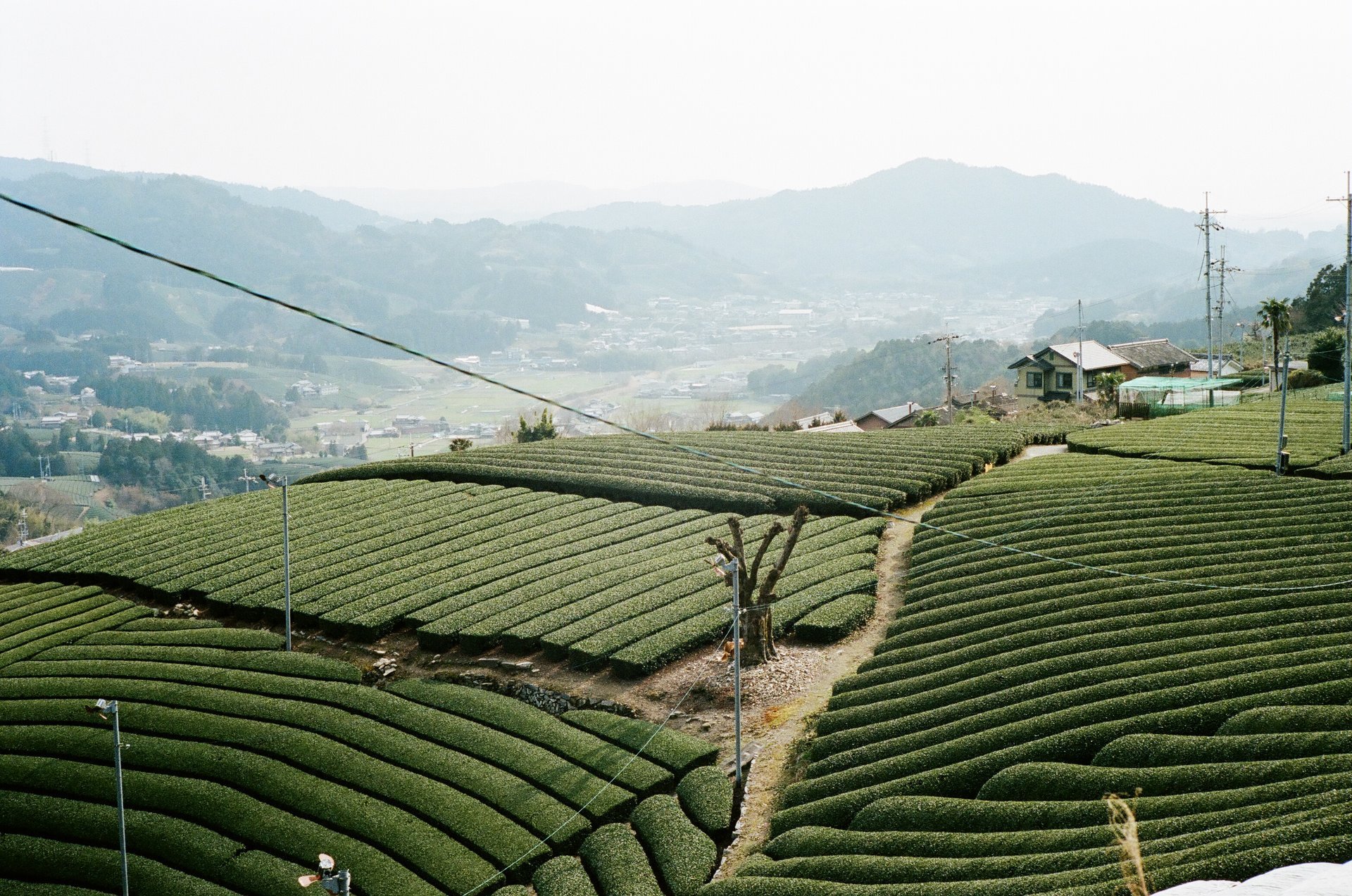
Day 9: Kyoto: Philosopher's Path - Nishiki Market
Spend the afternoon strolling the beautiful Philosopher's Path, and when you're finished, head to Nishiki Market. This market is your one stop shop for culinary delights in Kyoto, from sushi to mochi and everything in between. More than 100 restaurants and food stands line up this narrow, five block long shopping street, which opens from 9:30-18:00 every day. At night, the nearby Teramachi and Shin-kyogoku Shopping Arcades come to life with even more shops and entertainment.
Day 10: Nara: Deer Park - Todaiji Temple - Kasuga Taisha
On the day that I visited Nara, I was lucky enough to meet a friendly guy from Nara Student Guide. He took me to various tourist attractions in Nara, including Nara Deer Park, Todaiji Temple, Kasuga Taisha, and the lesser-known Naramachi Mechanical Toy Museum.
We also went sake tasting and had kakinoha sushi (sushi wrapped in persimmon leaves) for lunch.
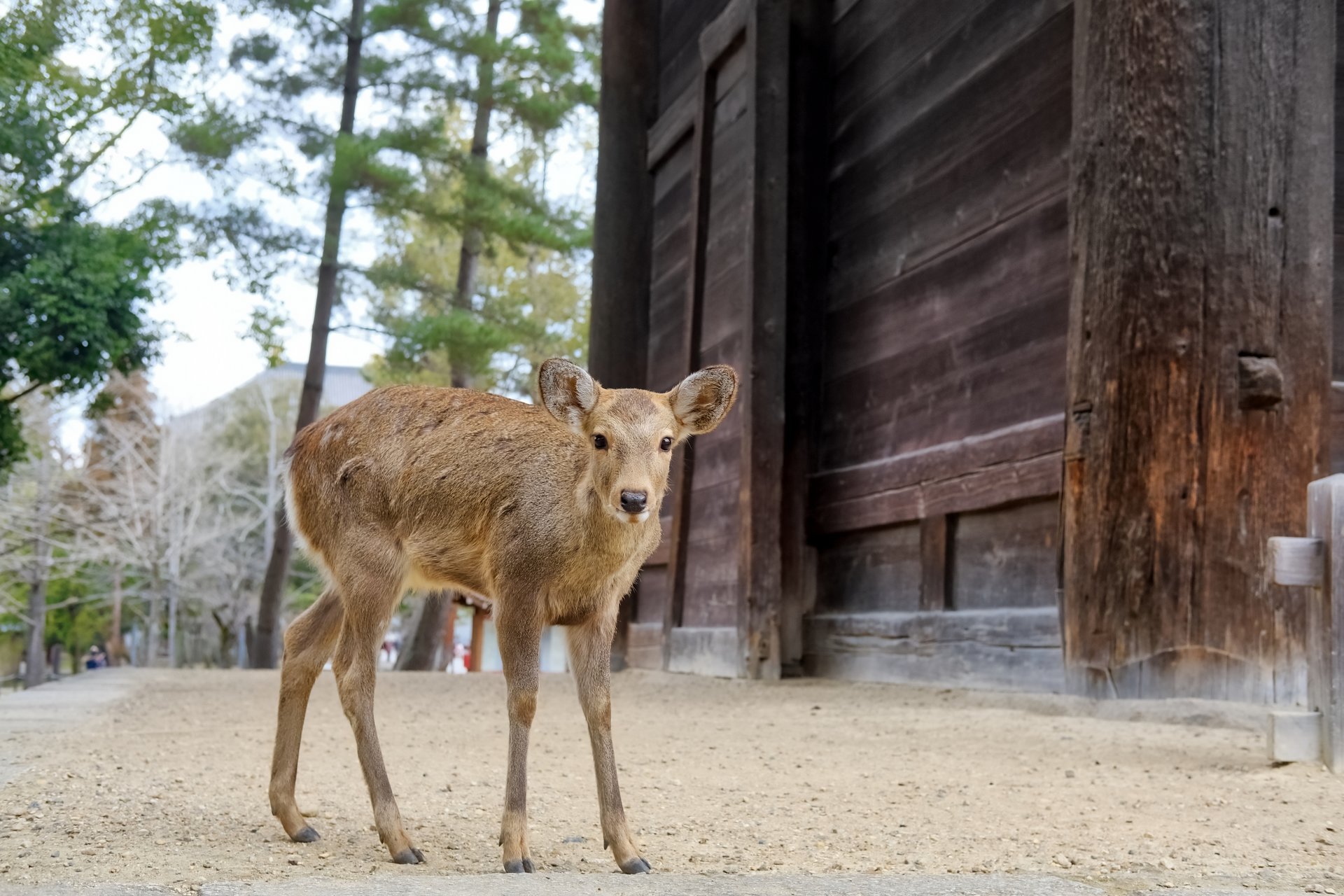
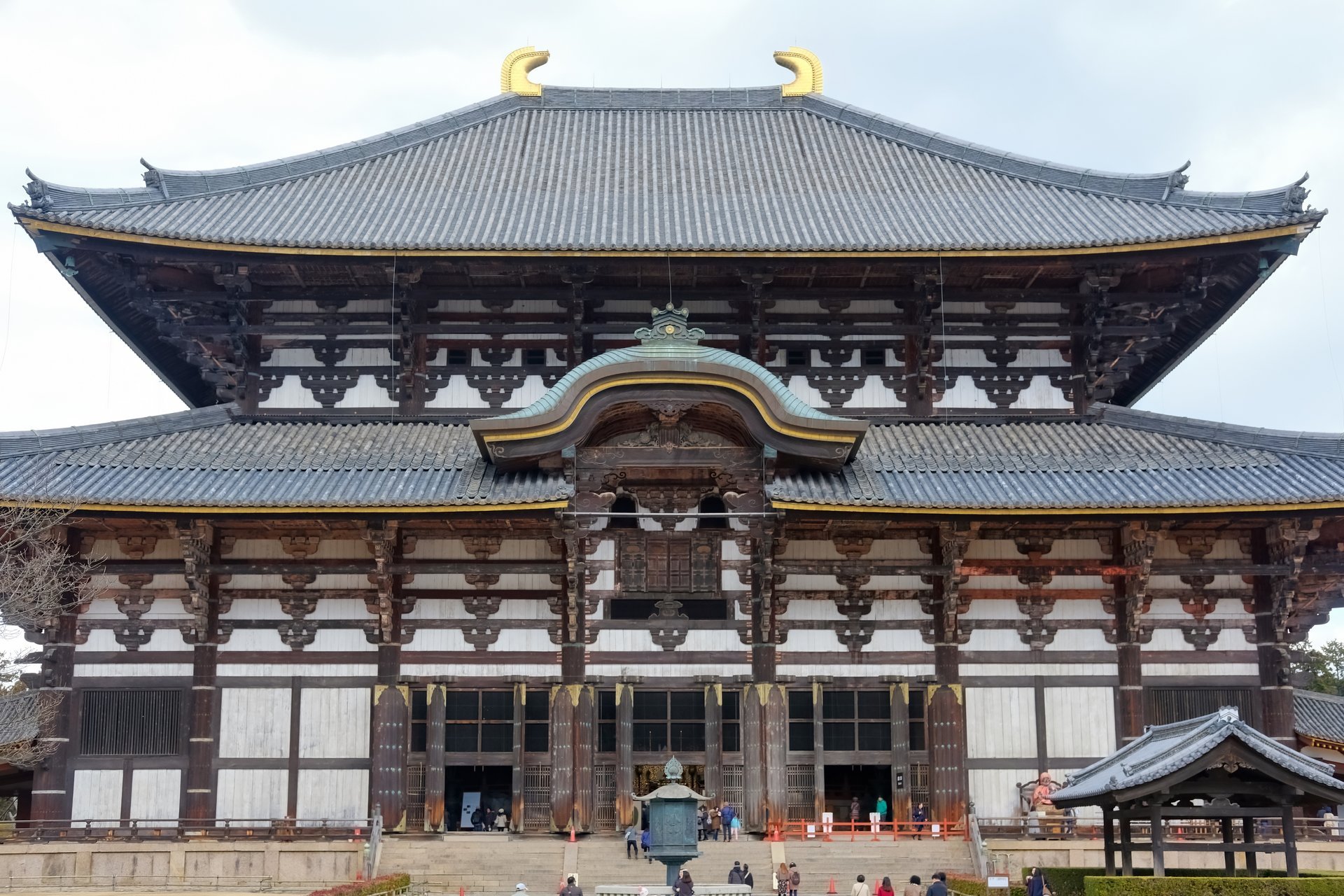
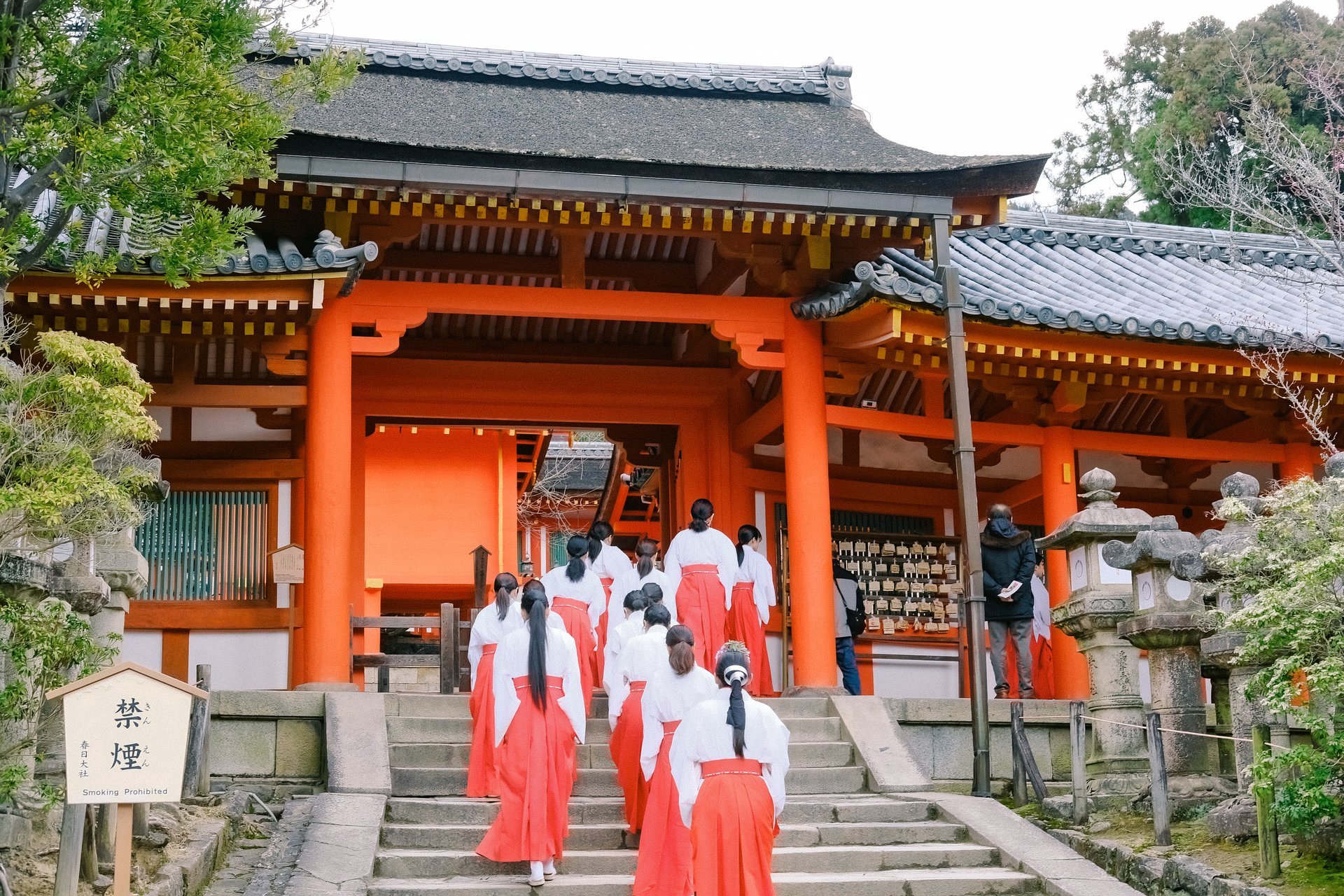
Day 11: Koyasan: Okunoin Cemetery - Kongobuji Temple - Garan
Located on an 800 metre high plain amid eight peaks of the mountain, which resemble a lotus plant, Koyasan is the centre of Shingon Buddhism and one of Japan's most sacred mountain. Top attractions include Okunoin Cemetery, Kongobuji Temple and Garan.
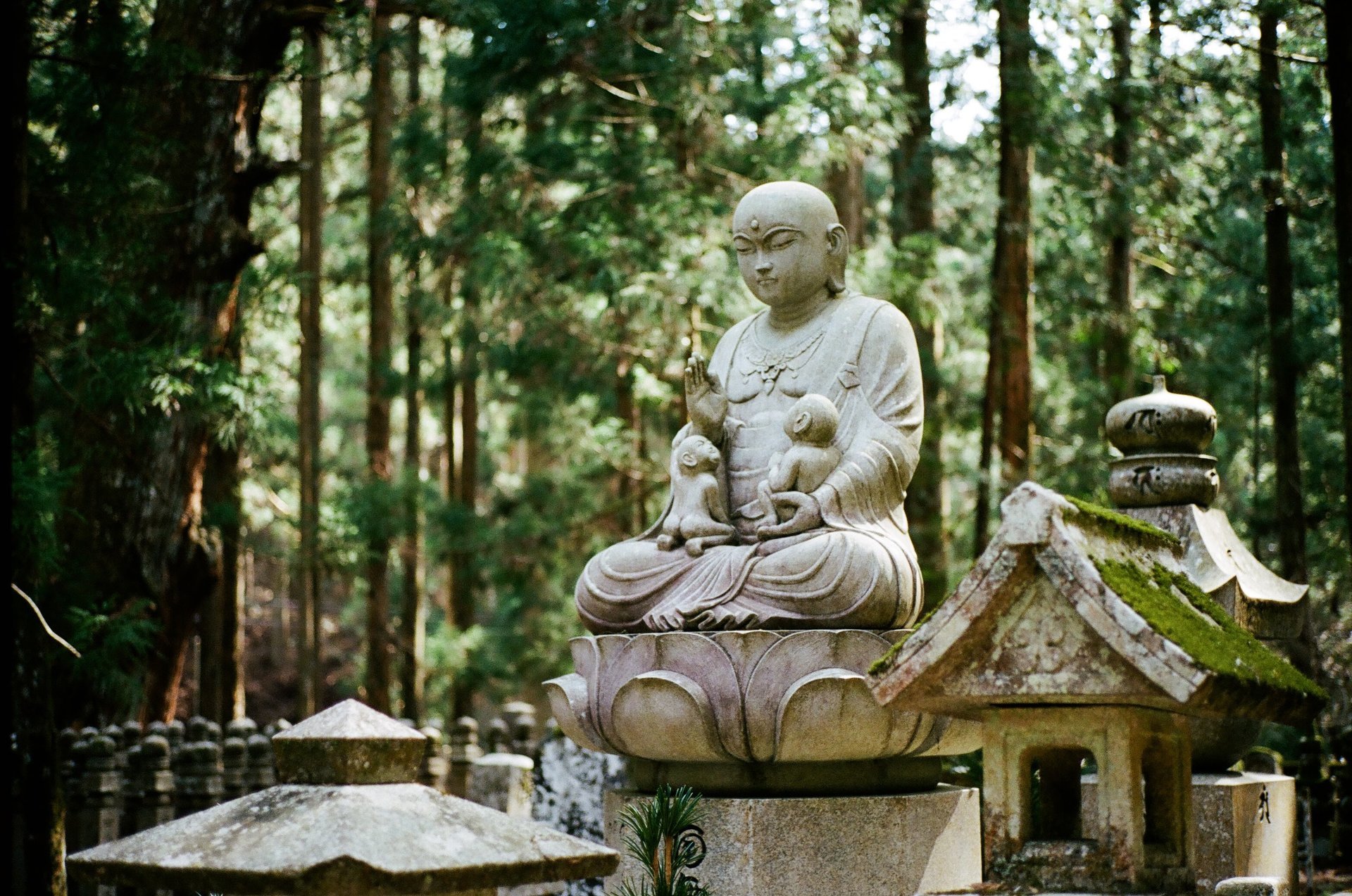
Around 50 temples offer temple lodging (shukubo) to visitors, where you can enjoy vegetarian monk's cuisine and attend the morning prayers.
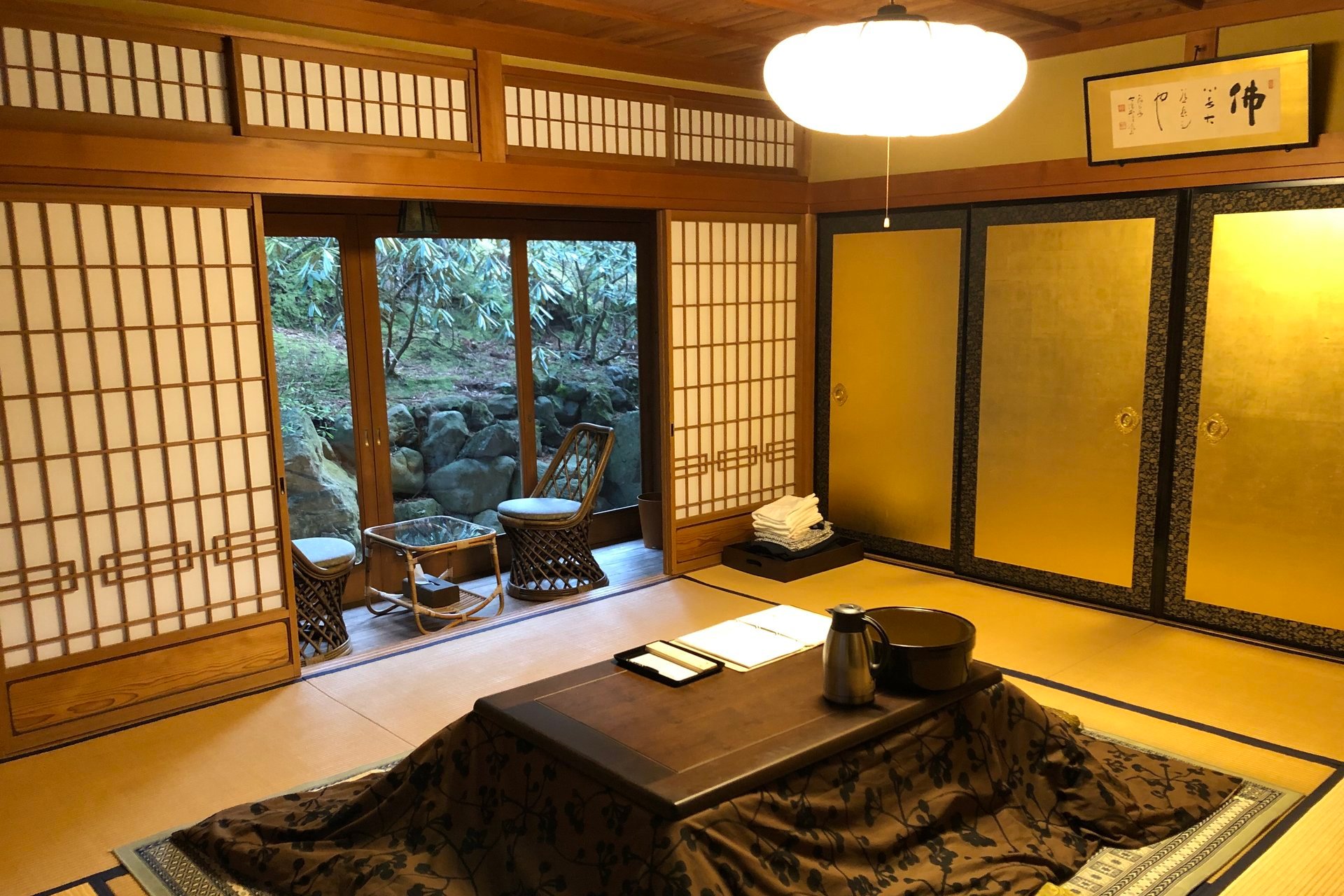
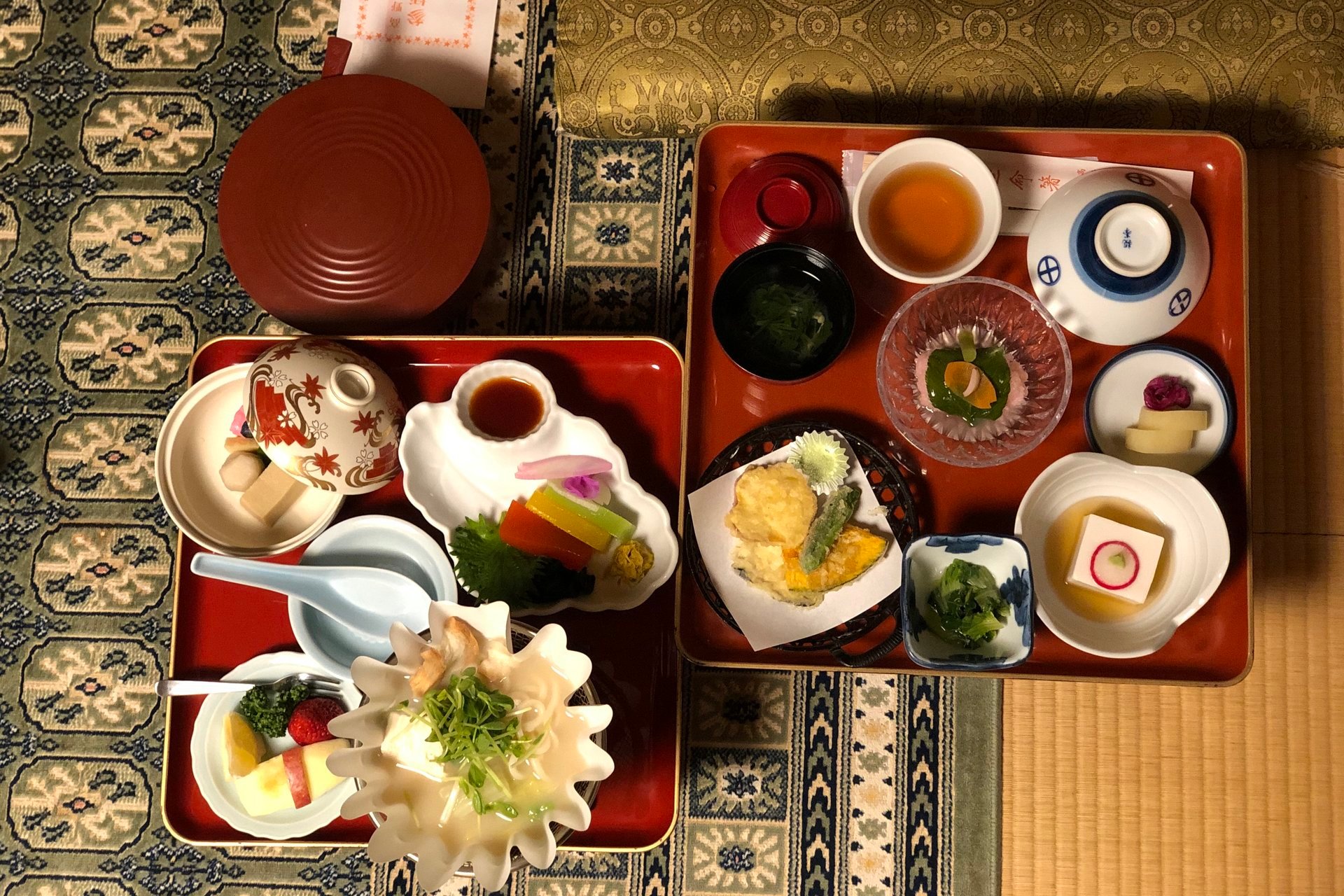
Day 12: Himeji Castle - Miyajima - Itsukushima Shirne
From Kyoto, you can take the shinkansen to Himeji to visit Himeji Castle, one of Japan's twelve original castles. The castle is also known as White Heron Castle due to its elegant, white appearance.
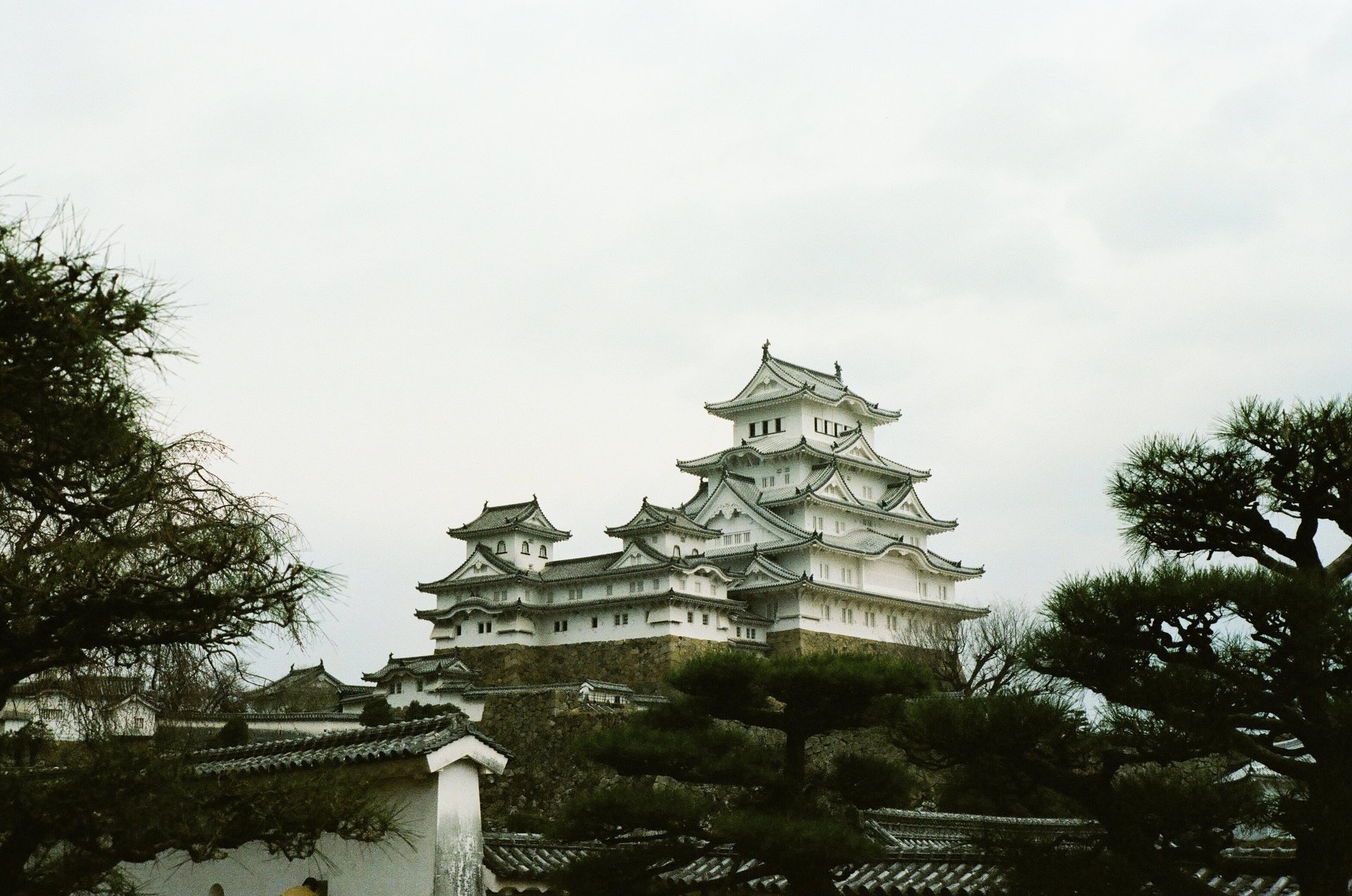
After that, continue the journey to Miyajima island to visit Itsukushima Shrine with its famous floating torii gate by the sea. The island is also well-known for their oysters, Momiji Manju and beef steamed bun.
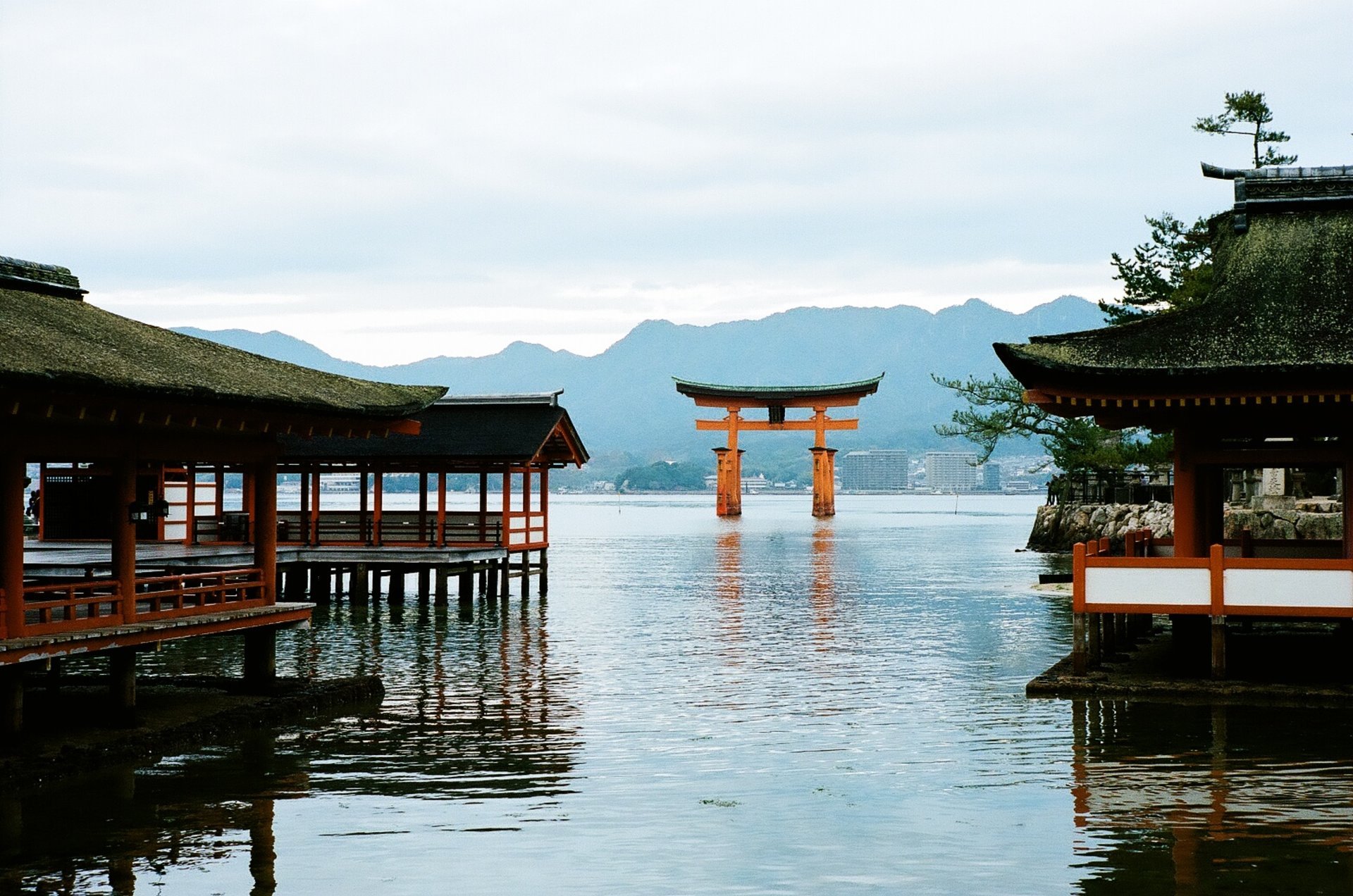
Have Story To Share?
Blog with Trip.Social

Reach new audiences and maximize your potential.